Golf enthusiasts are always on the lookout for the next best thing in golf equipment that will elevate their game. Enter the PXG 0811X Driver Gen 4. This driver is not just another club; it’s a testament to cutting-edge technology, thoughtful design, and unmatched performance on the golf course. In this article, we’ll dive deep into what makes this driver a must-have for golfers of all skill levels.
What Sets the PXG 0811X Driver Gen 4 Apart?
One of the first things you will notice about the 0811X Driver Gen 4 is its sleek, modern design. This driver features a striking aesthetic combined with advanced technology that enhances your gameplay. Here are some of the standout features of this driver:
- Adjustable Weighting: The PXG 0811X features adjustable weights that allow golfers to customize their swing preferences. This means you can fine-tune your game for maximum distance and accuracy.
- High-Strength, Lightweight Materials: PXG utilizes aerospace-grade aluminum and carbon fiber in the design, which results in a driver that’s both light and durable.
- Face Technology: The newly designed face is engineered for optimal ball speed and forgiveness. It employs Variable Face Thickness (VFT) to minimize the loss of distance on off-center hits.
- Sound and Feel: PXG emphasizes a premium sound profile, which enhances your enjoyment while playing. The feel at impact is also buttery smooth and delivers consistent feedback.
 PXG 0811X Driver Gen 4 Side View
PXG 0811X Driver Gen 4 Side View
Enhanced Performance
Performance is the cornerstone of any golf club, and the PXG 0811X Driver Gen 4 does not fall short. Its adjustable hosel allows for loft and lie adjustments, helping players achieve their desired launch conditions.
Moreover, the 0811X promises low spin and high launch characteristics, which is particularly beneficial for golfers looking to maximize distance. Many users have reported significant improvements in their average drive distances after switching to this driver.
The Science Behind the Technology
Understanding how these advanced technologies contribute to the performance of the PXG 0811X Driver Gen 4 can help players appreciate the engineering marvel behind their club.
- Aero Technology: PXG’s proprietary Aero technology reduces drag during the swing, allowing for more speed and greater distance.
- Ultra-Low Center of Gravity (CG): The positioning of the weight in the driver lowers the CG, resulting in a higher launch angle and lower spin rates—perfect for maximizing distance.
- Smart Grip Technology: The innovative grip allows for better control and comfort during swings, reducing fatigue during longer rounds of golf.
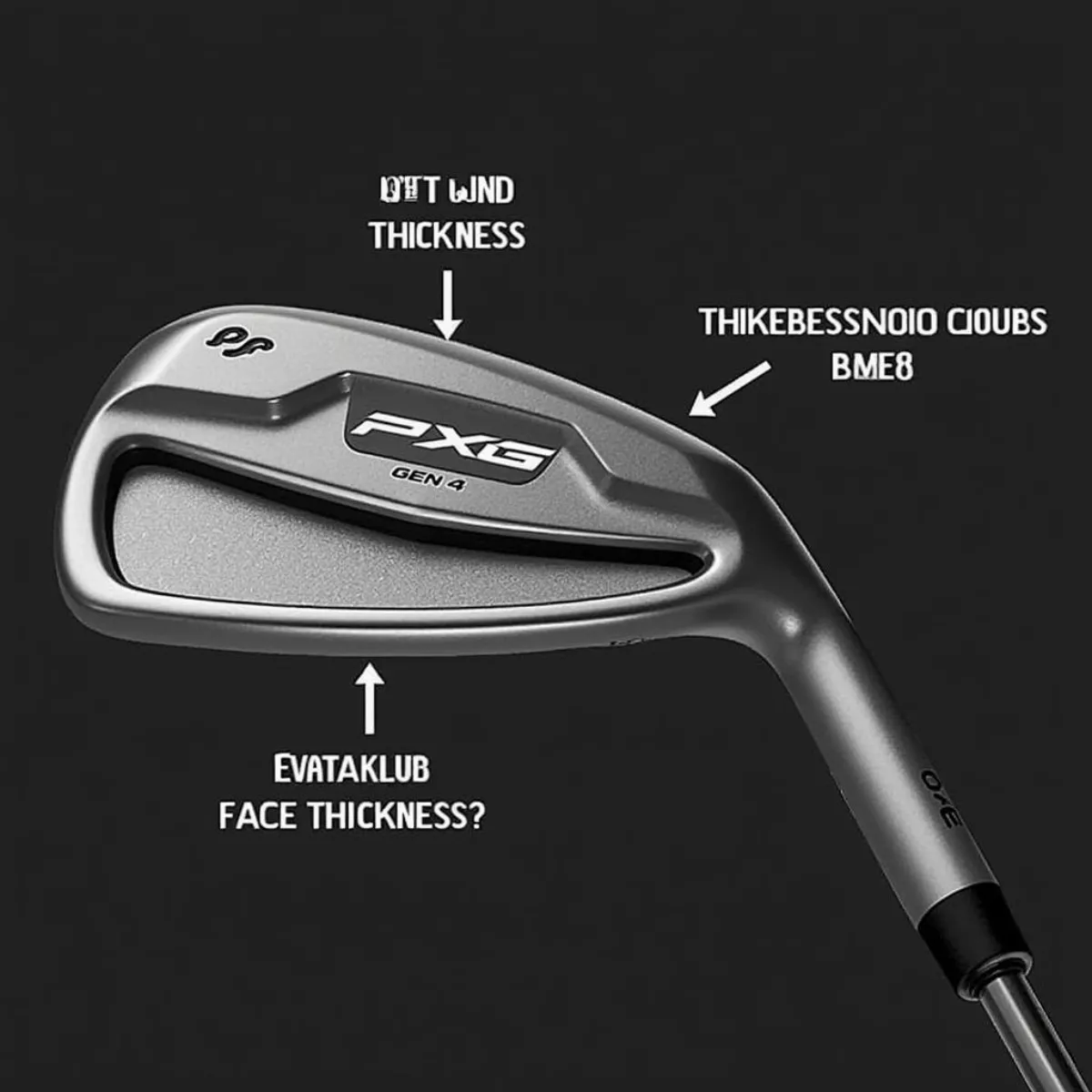 PXG 0811X Driver Gen 4 Face Technology
PXG 0811X Driver Gen 4 Face Technology
Crafting Your Perfect Setup
With all its adjustments and technologies, the PXG 0811X Driver Gen 4 allows for personalized setups. Here’s how you can customize your driver:
Adjustable Features
| Feature | Options |
|---|---|
| Loft | 8°, 9°, 10° |
| Lie Angle | Adjustable |
| Weight Distribution | Customizable (multiple weights) |
Choosing the Right Shaft
Selecting the right shaft is crucial for optimizing your performance with the 0811X Driver. Here are some things to consider:
- Flex: Choose from options such as stiff, regular, or extra stiff based on your swing speed.
- Length: The standard length is 45.5 inches, which suits most golfers, but consider adjusting it to fit your comfort level.
Why Choose PXG?
Page through reviews and testimonials, and you’ll find a common thread: golfers who choose PXG often rave about the brand’s unique approach to performance and customization. Here are some reasons why PXG stands out:
- Premium Quality: Made with top-tier materials and craftsmanship.
- Innovative Designs: Continuously pushing the envelope with their products.
- Customer Service: Known for excellent service and fitting options.
 Golfer Teeing Off with PXG 0811X Driver
Golfer Teeing Off with PXG 0811X Driver
Key Takeaways
The PXG 0811X Driver Gen 4 is an exceptional tool for golfers who are serious about their game. Here’s a recap of what we covered:
- Adjustable Weighting and Hosel: Tailor your driver to suit personal preferences.
- Advanced Technology: Features like VFT and low center of gravity optimize performance.
- Comfort and Feel: Enjoy a quality experience with premium materials and sound.
- Customization: Options for loft, lie, and shaft ensure you get the best fit for your game.
FAQ Section
1. What is the price of the PXG 0811X Driver Gen 4?
The price may vary by retailer, but it generally ranges between $399 to $499.
2. Is the PXG 0811X suitable for beginners?
Yes! Its forgiving design makes it a great choice for beginners, while its adjustable features can accommodate more advanced players as well.
3. Can I get a custom fitting for the PXG 0811X?
Absolutely! PXG offers custom fitting services to ensure that you get the most out of your driver.
4. How does the PXG 0811X compare to previous PXG models?
The Gen 4 model features improved aerodynamic design, enhanced face technology for better ball speeds, and more customizable options than previous iterations.
5. Is there a warranty on the PXG 0811X Driver?
Yes, PXG typically offers a two-year warranty on their clubs.
6. Can I adjust the weight on the PXG 0811X?
Yes, and it comes with weights that can be configured based on your swing dynamics.
7. What shaft options are available for the PXG 0811X?
You can choose from various shaft options, including brands like Graphite Design and Fujikura, with different flex and weight preferences.
8. How does the driver perform in windy conditions?
The low spin characteristics of the 0811X make it easier to maintain distance and control in windy conditions.
9. Should I upgrade from my current driver to the PXG 0811X?
If you’re looking for improved performance, specifically in terms of distance and customization, the 0811X would be an excellent upgrade.
10. Where can I buy the PXG 0811X Driver Gen 4?
You can purchase it at PXG stores, authorized retailers, or directly from their official website.
In conclusion, the PXG 0811X Driver Gen 4 is a powerful tool tailored to improve your golf game. With its innovative design, advanced technology, and personalized features, this driver offers everything you need to take your performance to the next level. Whether you’re a seasoned golfer or just starting, this driver is worth considering!
If you’re keen to learn more about optimizing your golf equipment selections or exploring new performance-enhancing technologies, be sure to check out our other articles on golf gear trends and tips!
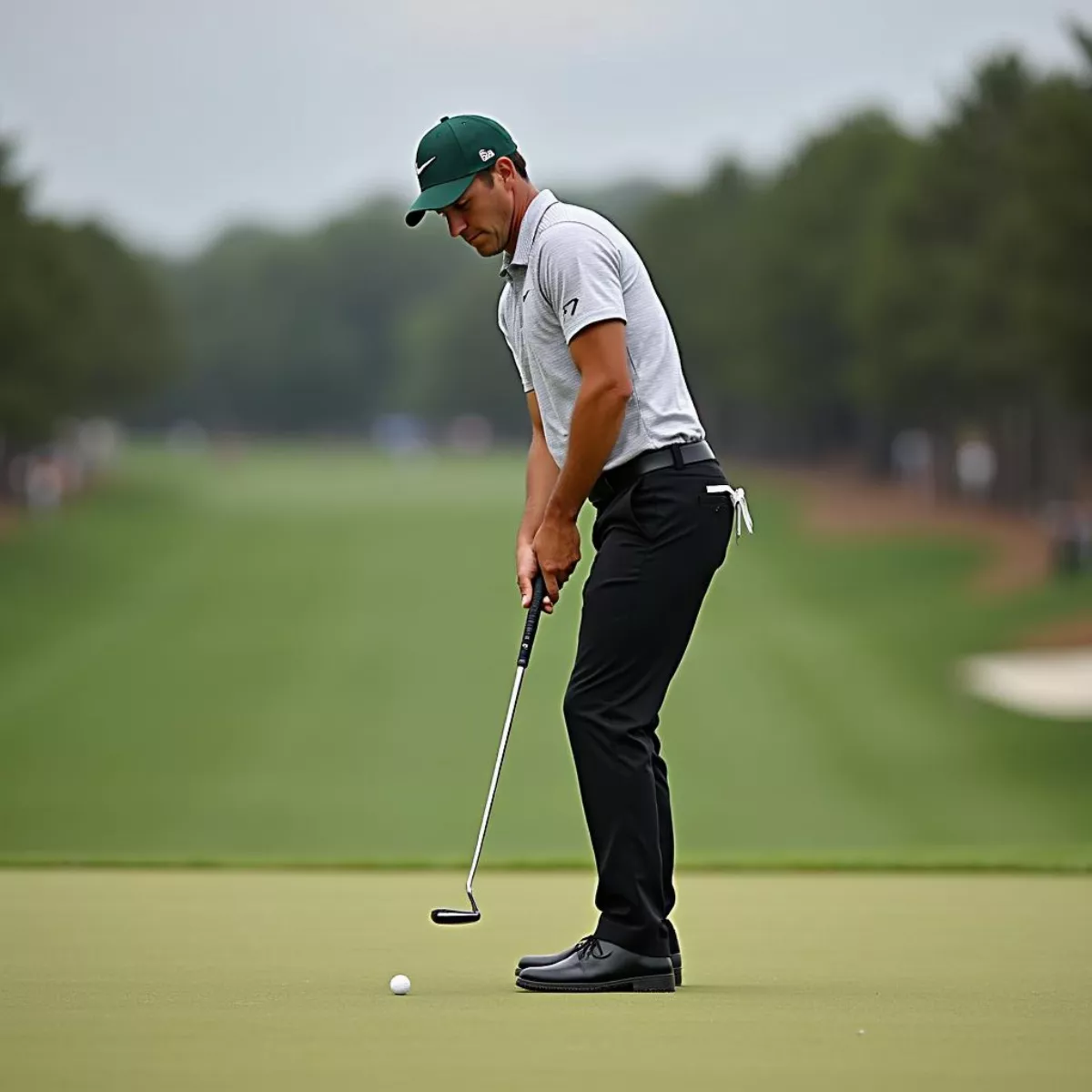
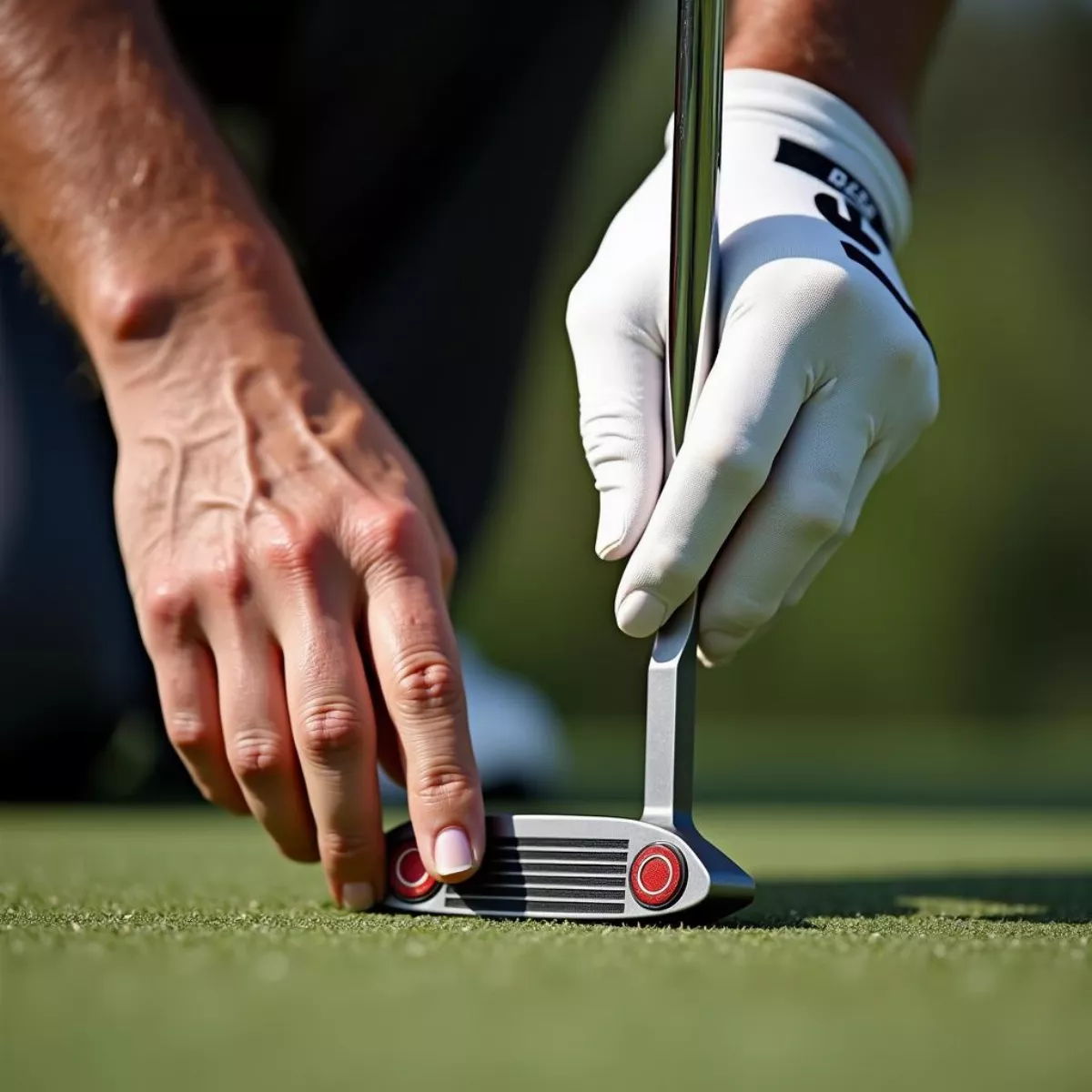 Close up of Rickie Fowler's putter grip
Close up of Rickie Fowler's putter grip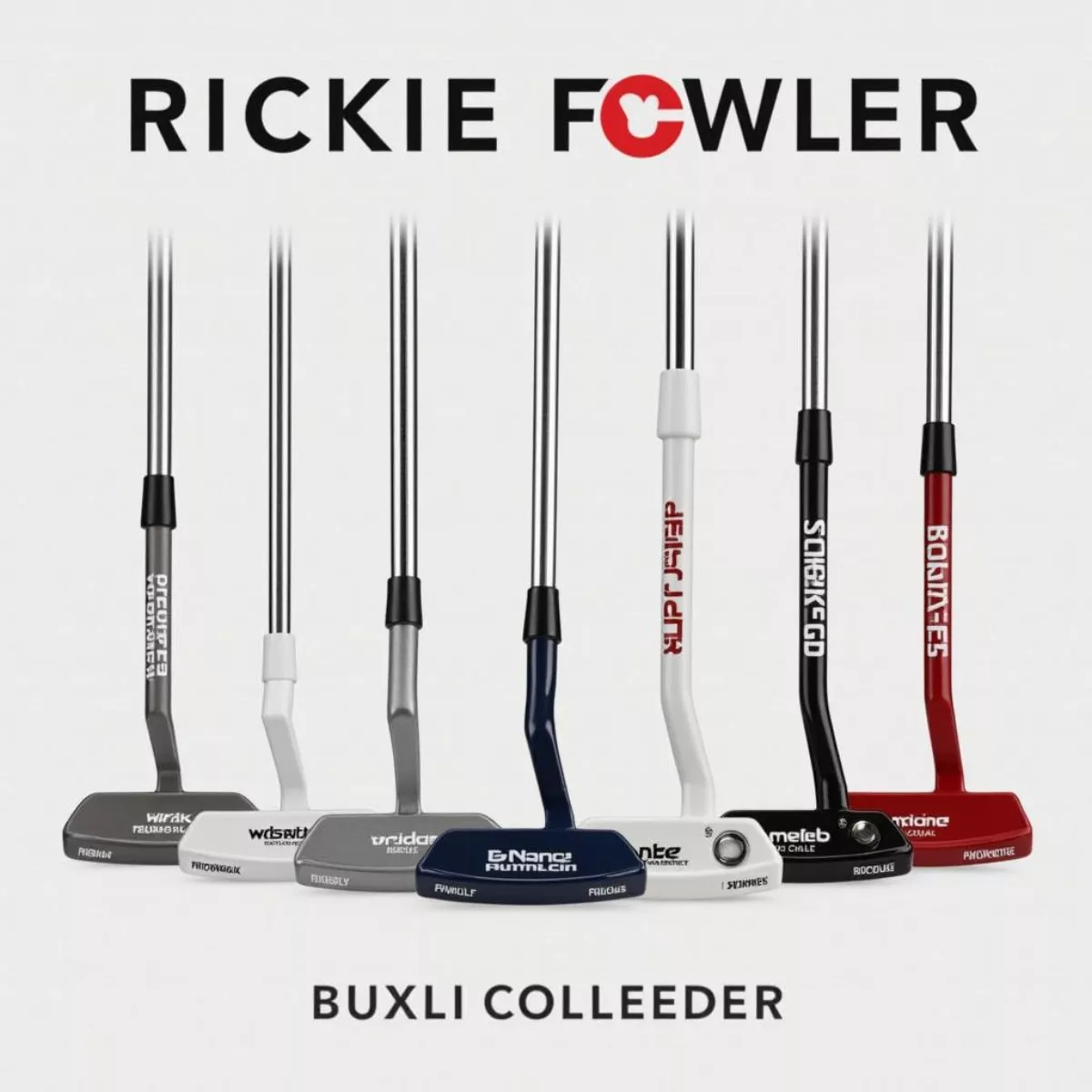 Different models of Rickie Fowler's putter for sale
Different models of Rickie Fowler's putter for sale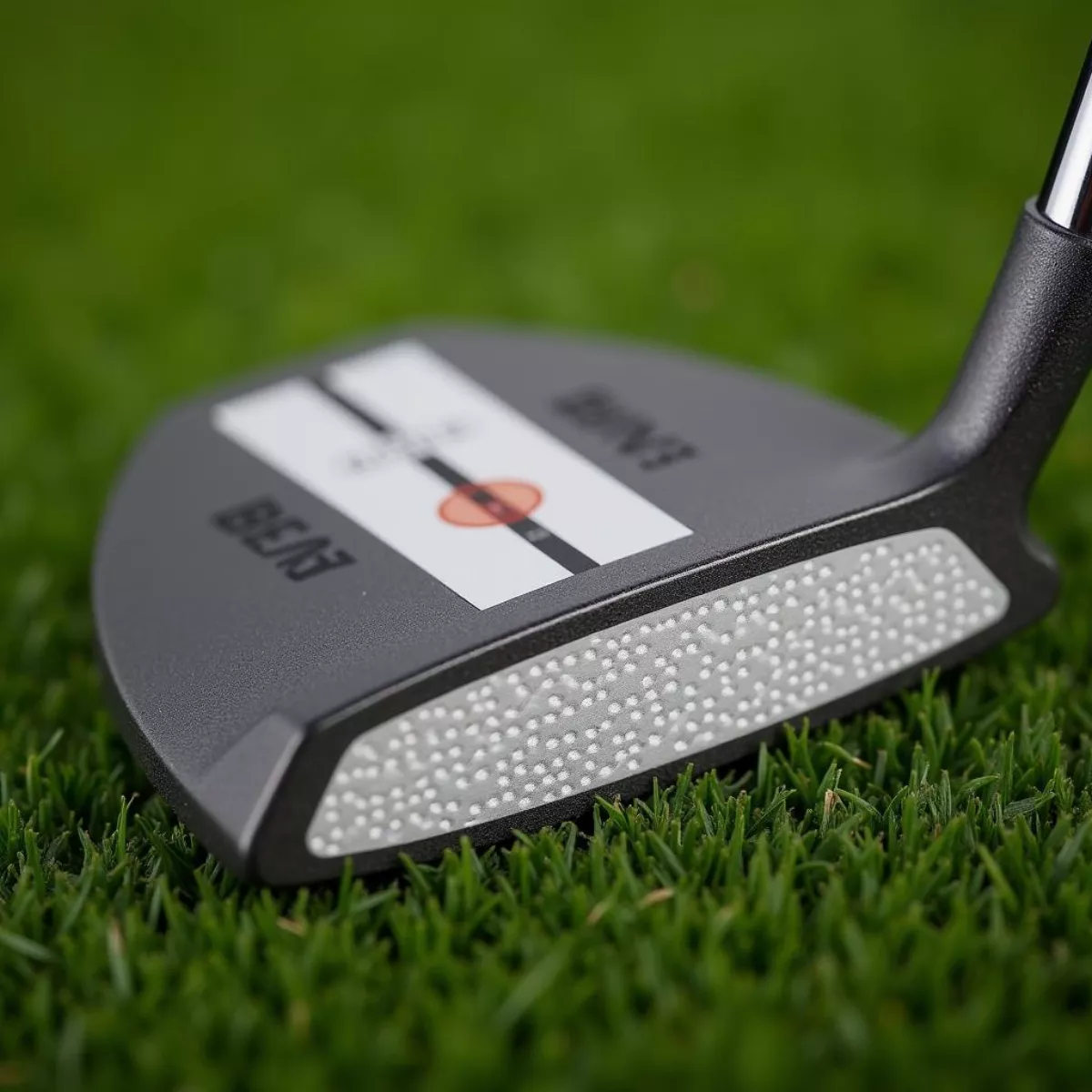
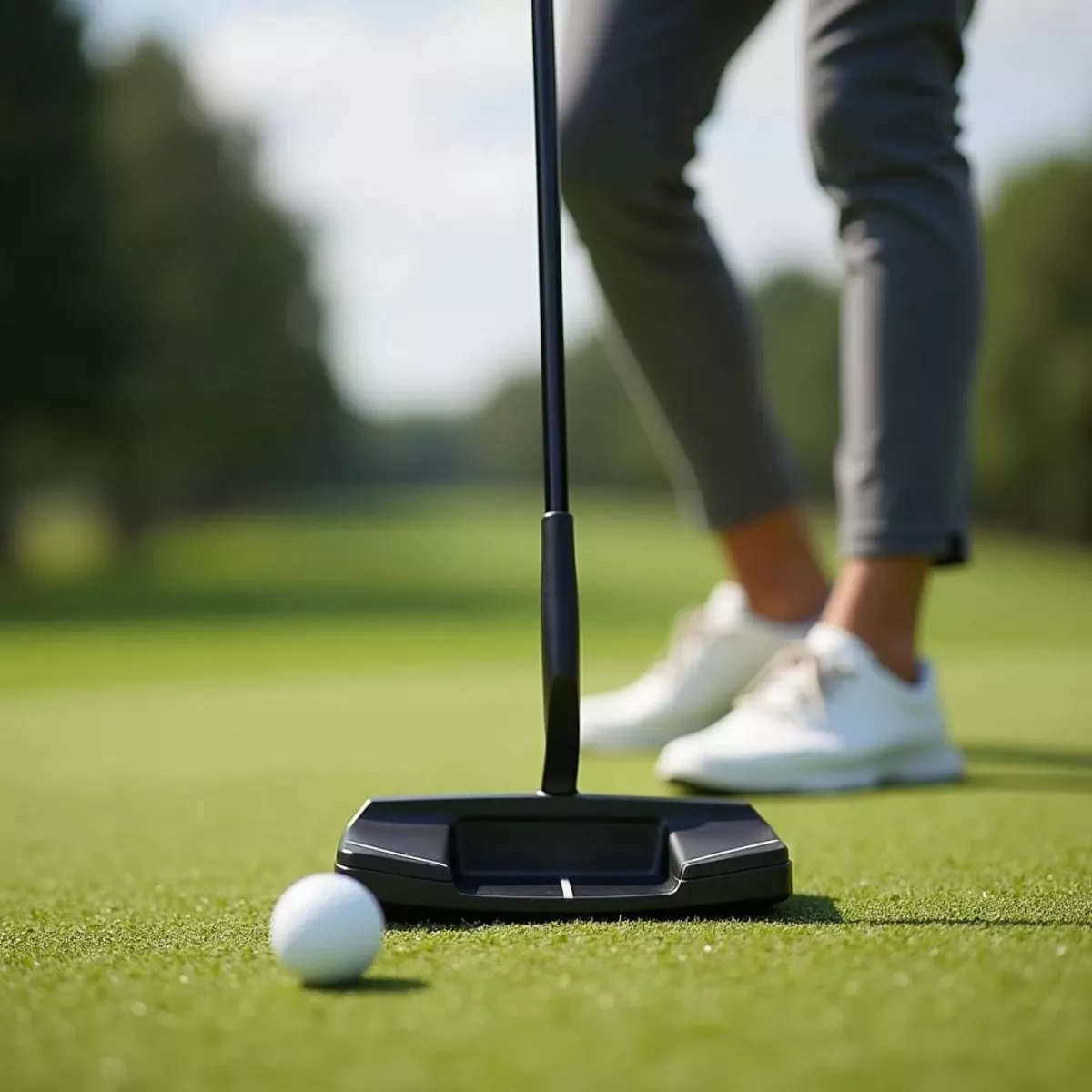 Golfer Using Wilson Staff Infinite Buckingham Putter
Golfer Using Wilson Staff Infinite Buckingham Putter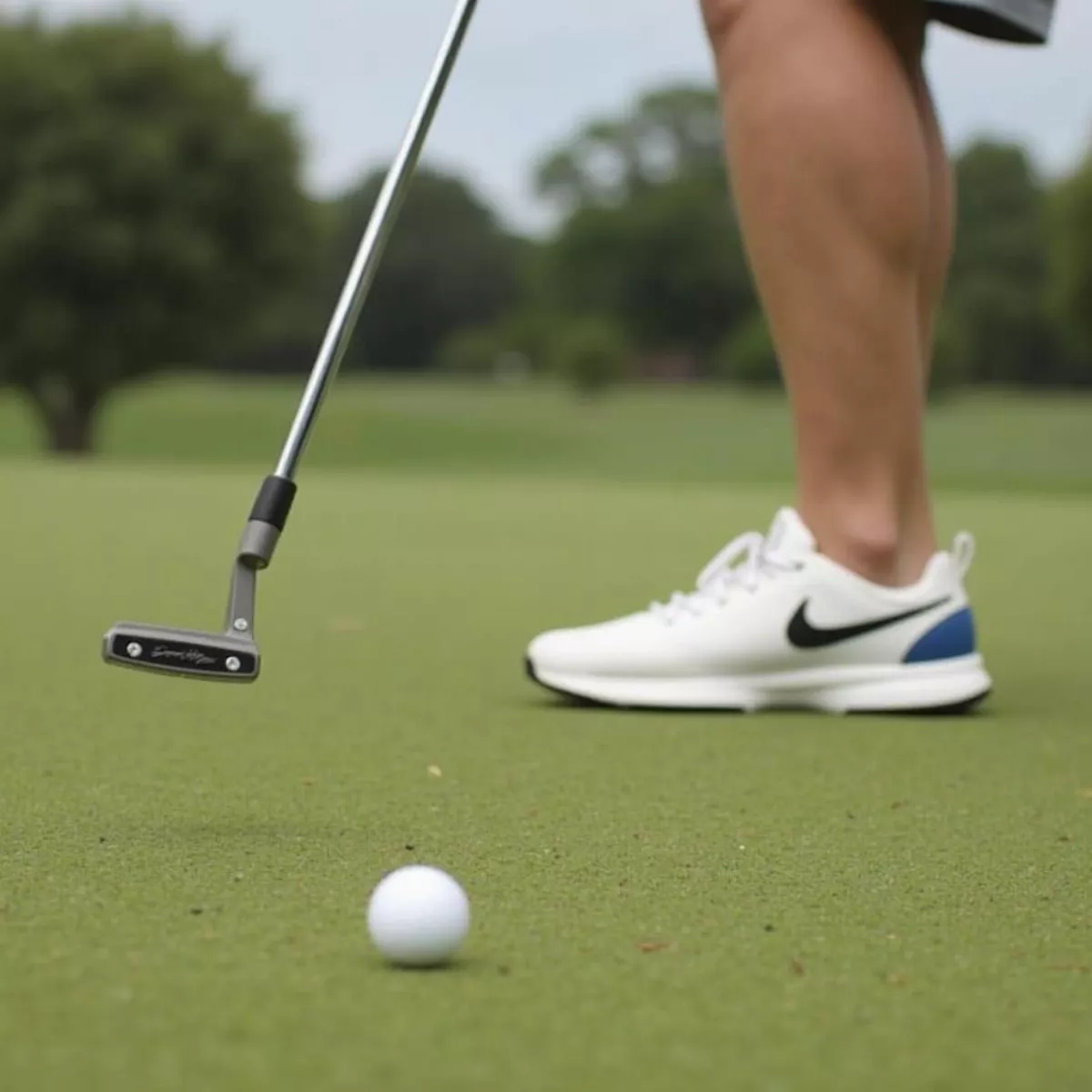 Beginner Golfer Putting With Wilson Staff Infinite Buckingham
Beginner Golfer Putting With Wilson Staff Infinite Buckingham
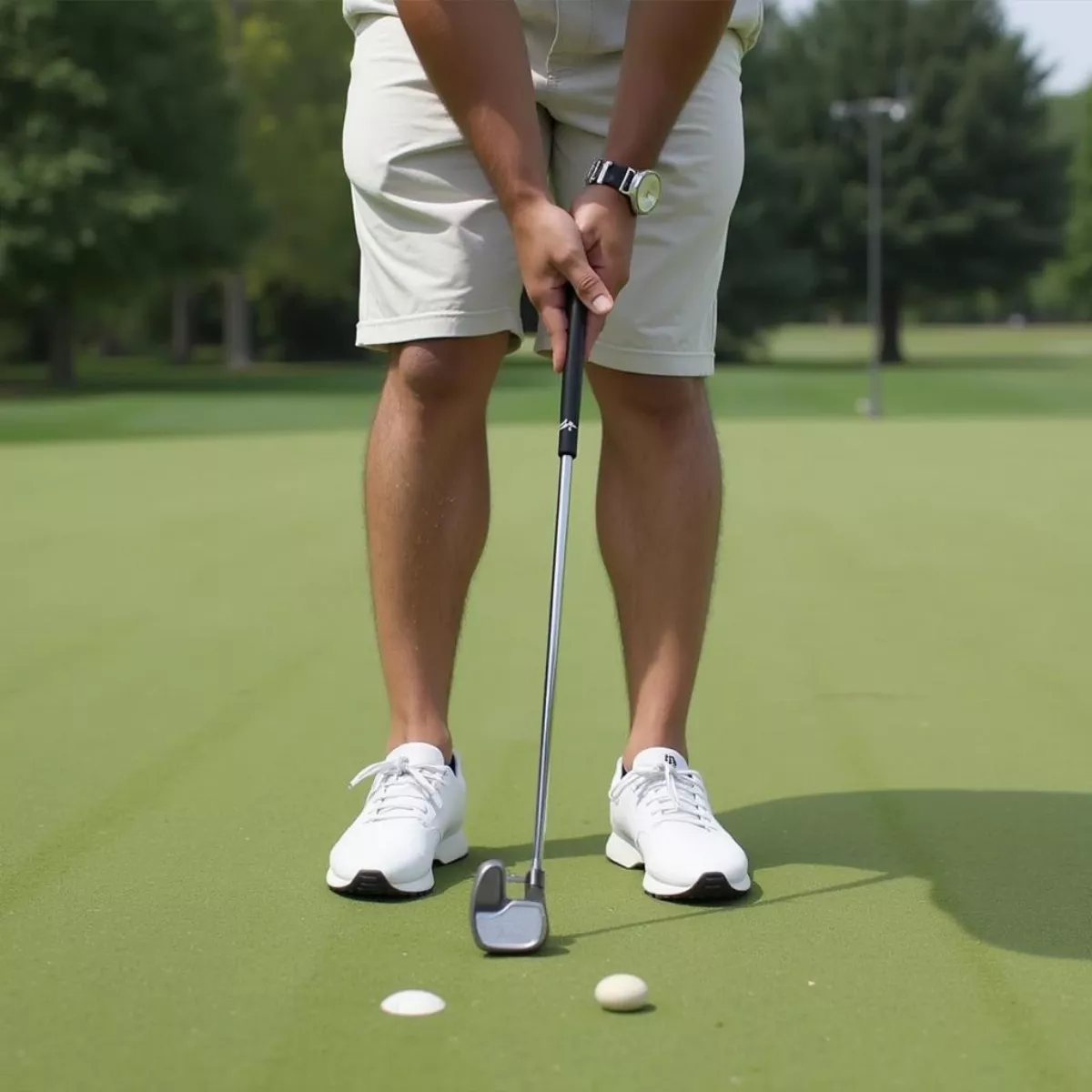 Golfer Using Newport 2 Putter
Golfer Using Newport 2 Putter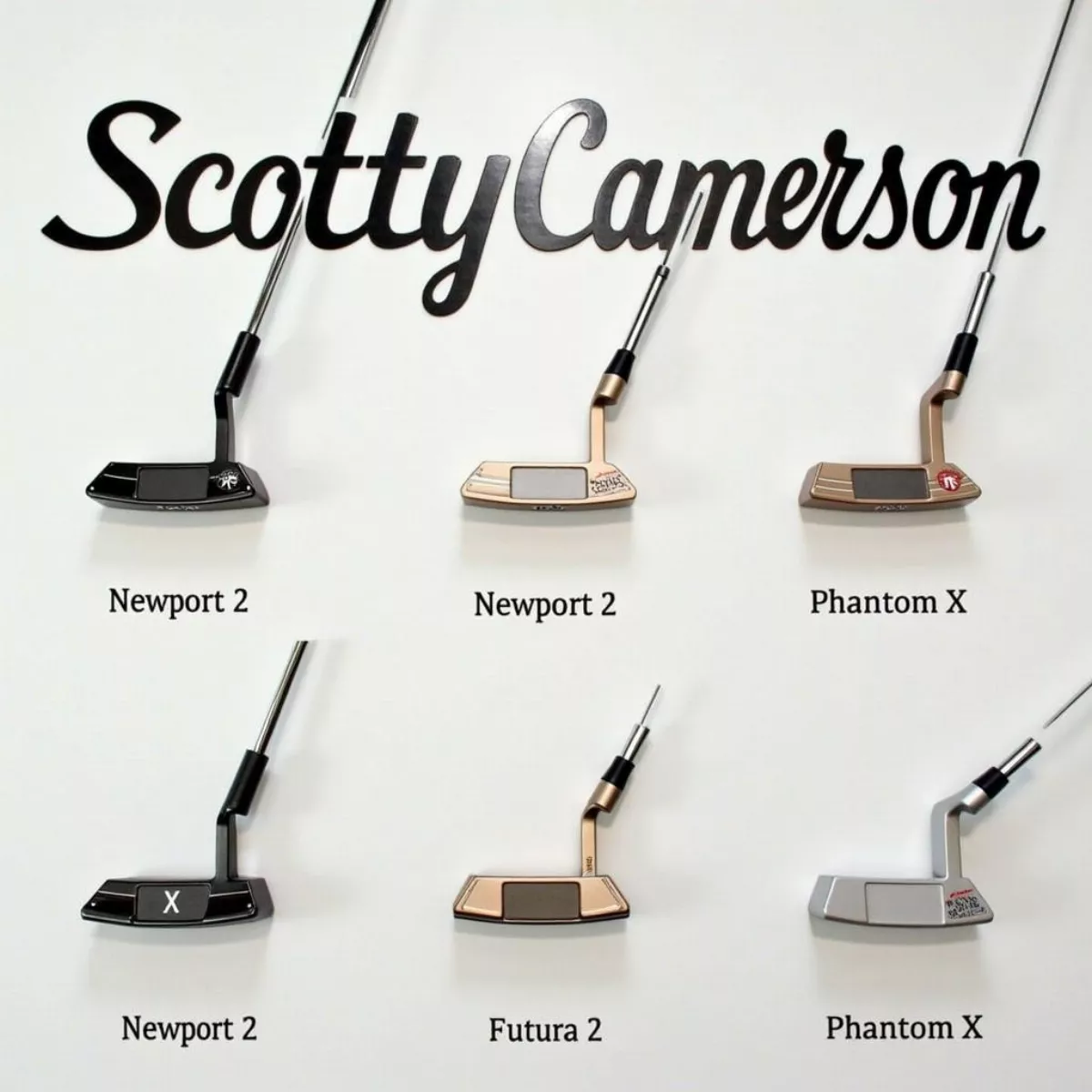 Various Scotty Cameron Putters
Various Scotty Cameron Putters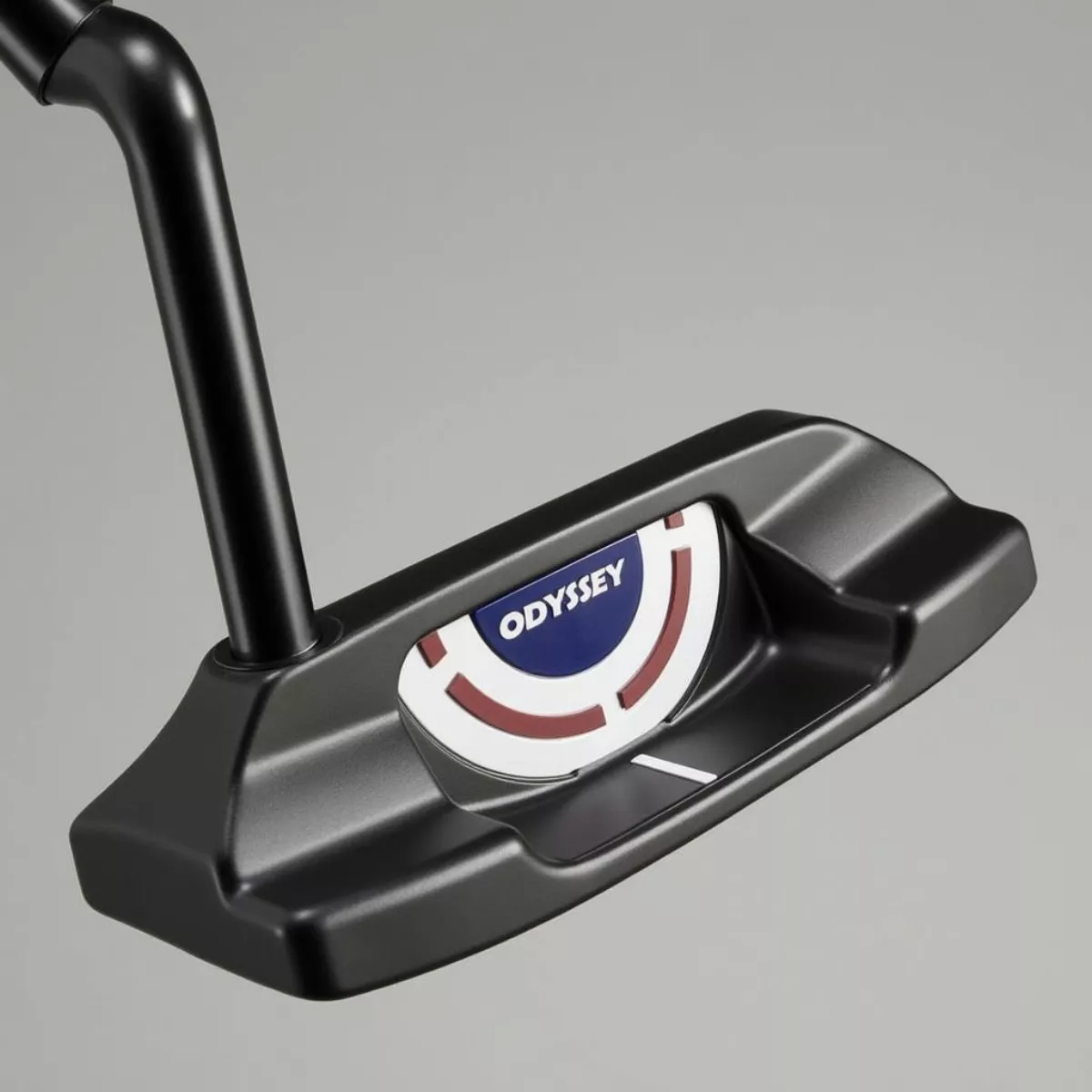
 Golf Putter Types Comparison
Golf Putter Types Comparison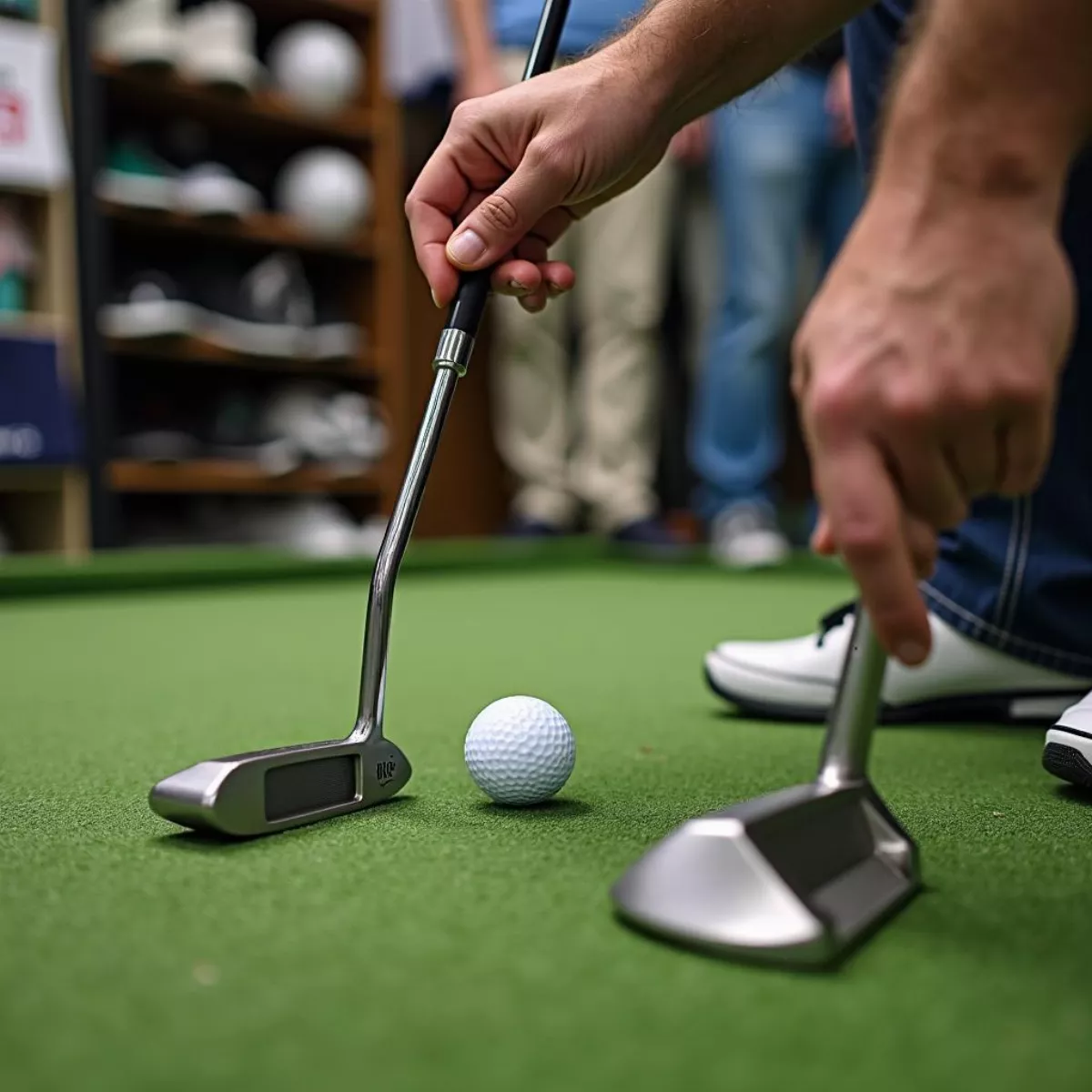 Golfer Testing Putters in a Shop
Golfer Testing Putters in a Shop 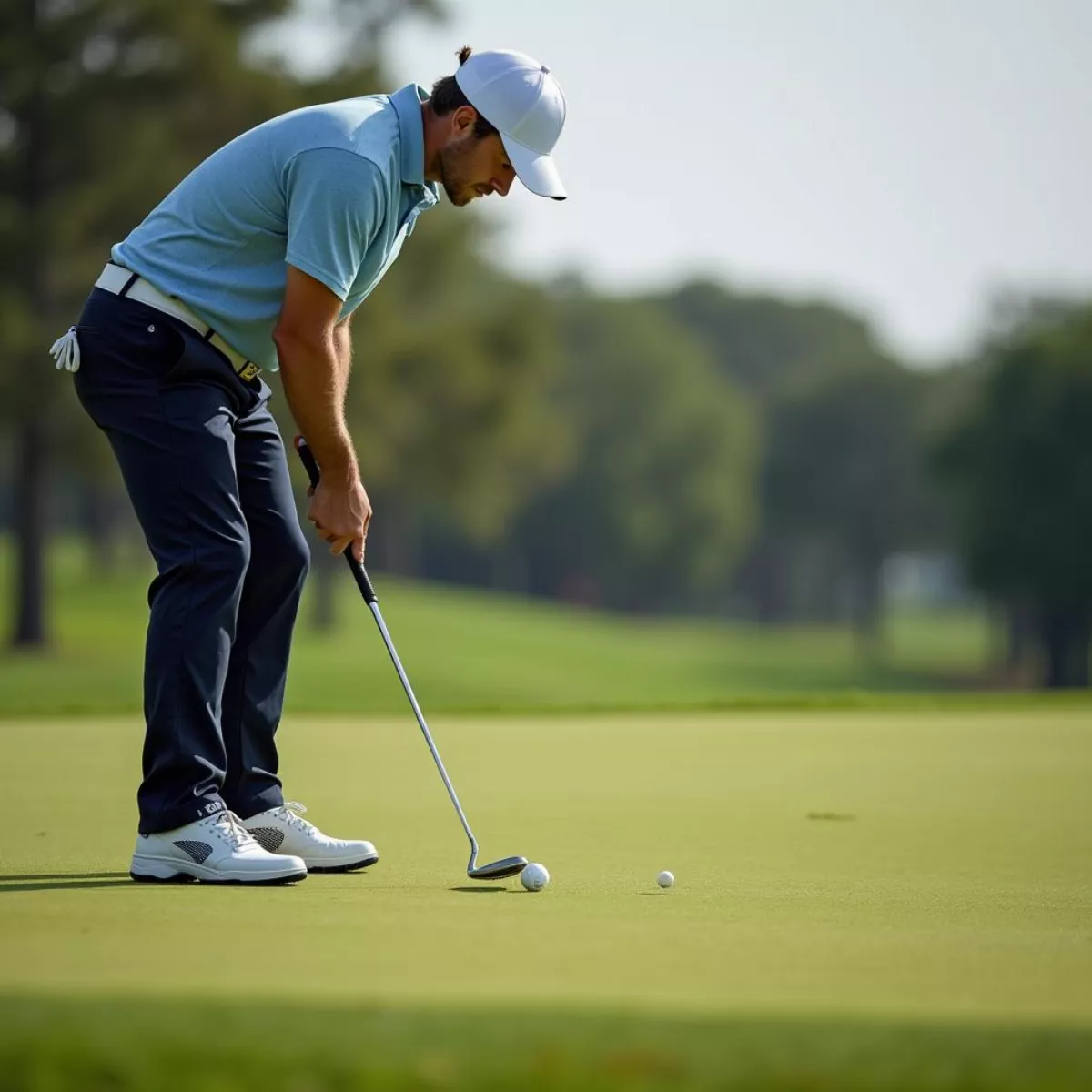 Professional Golfer Making a Putt
Professional Golfer Making a Putt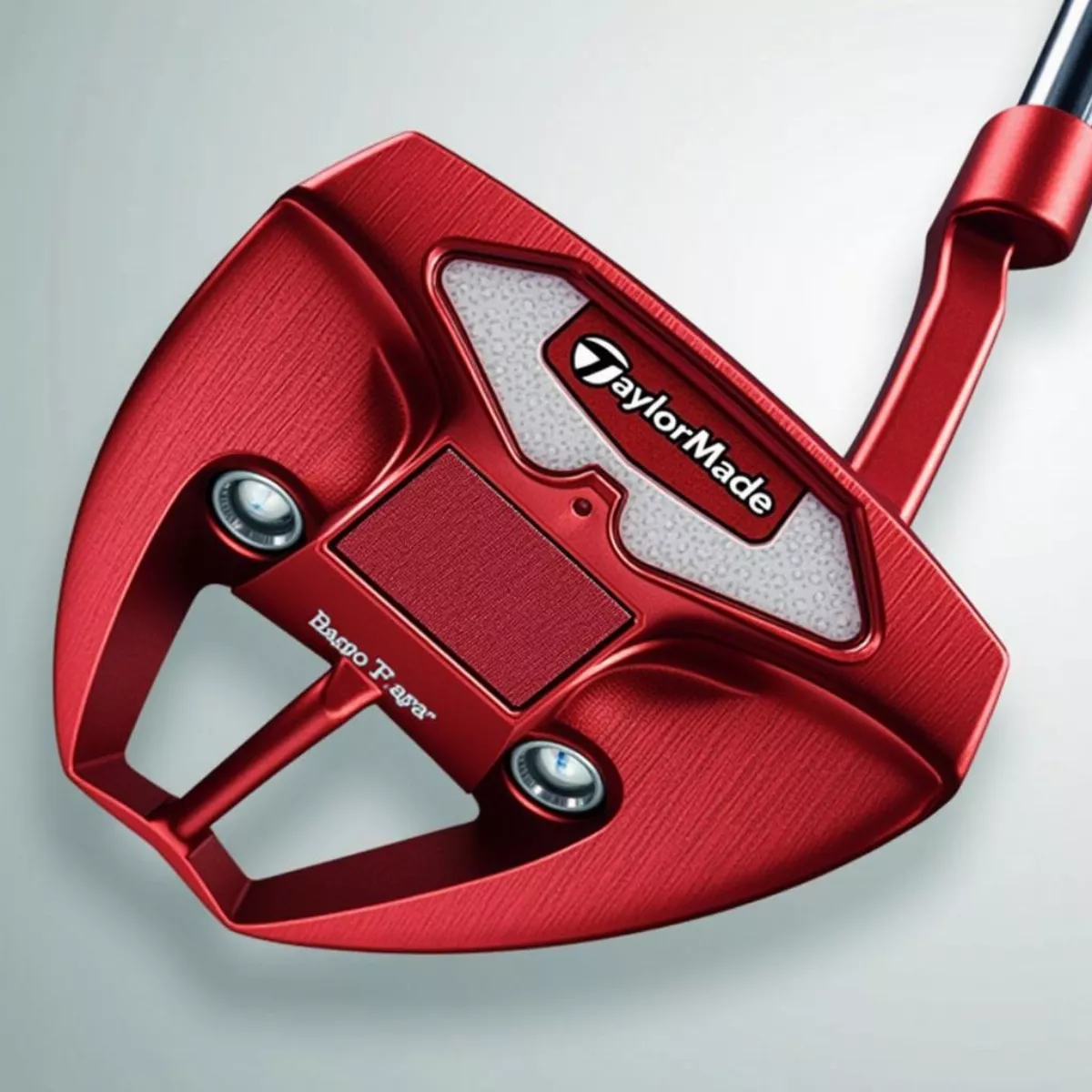
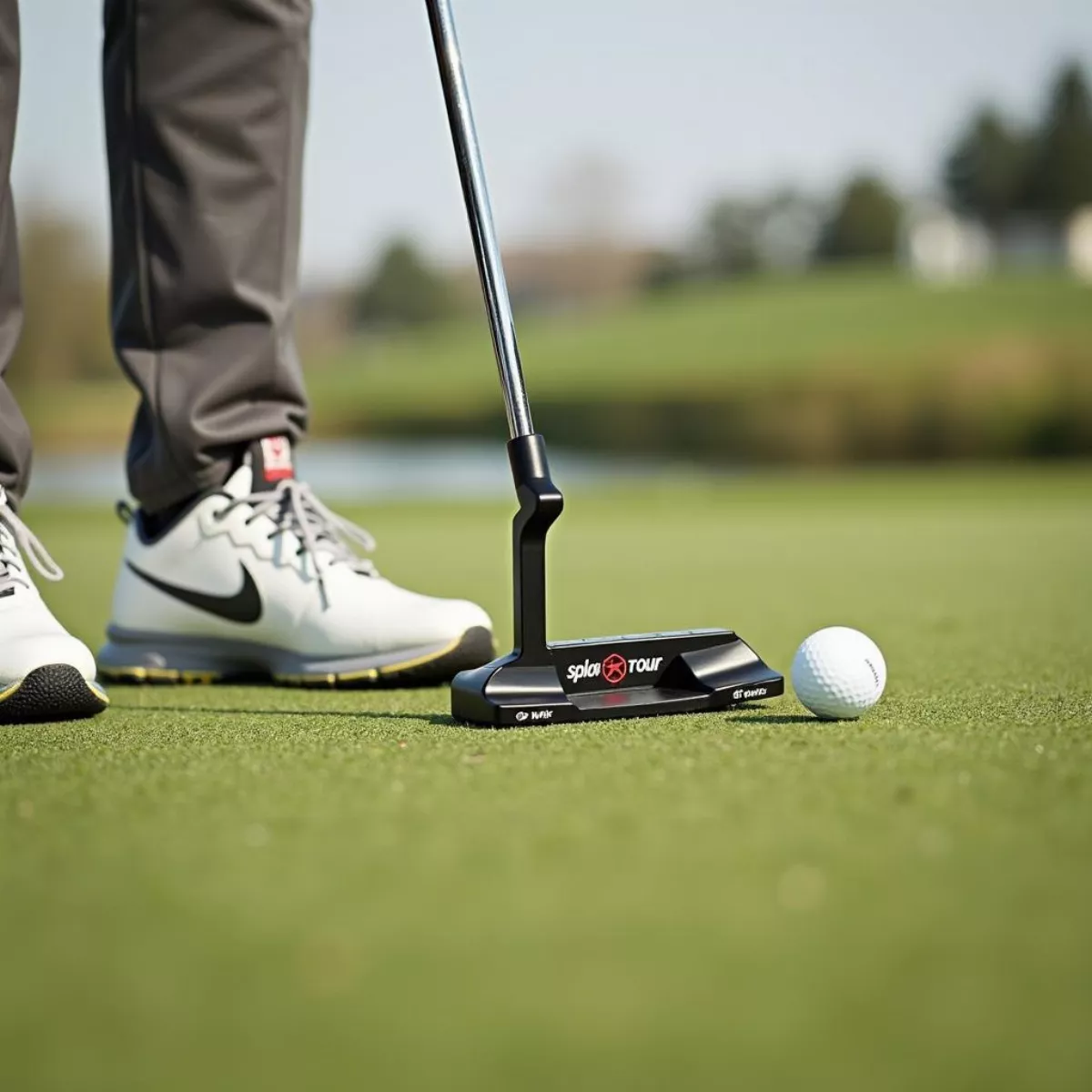 Golfer Using TaylorMade Spider Tour Red Putter on Green
Golfer Using TaylorMade Spider Tour Red Putter on Green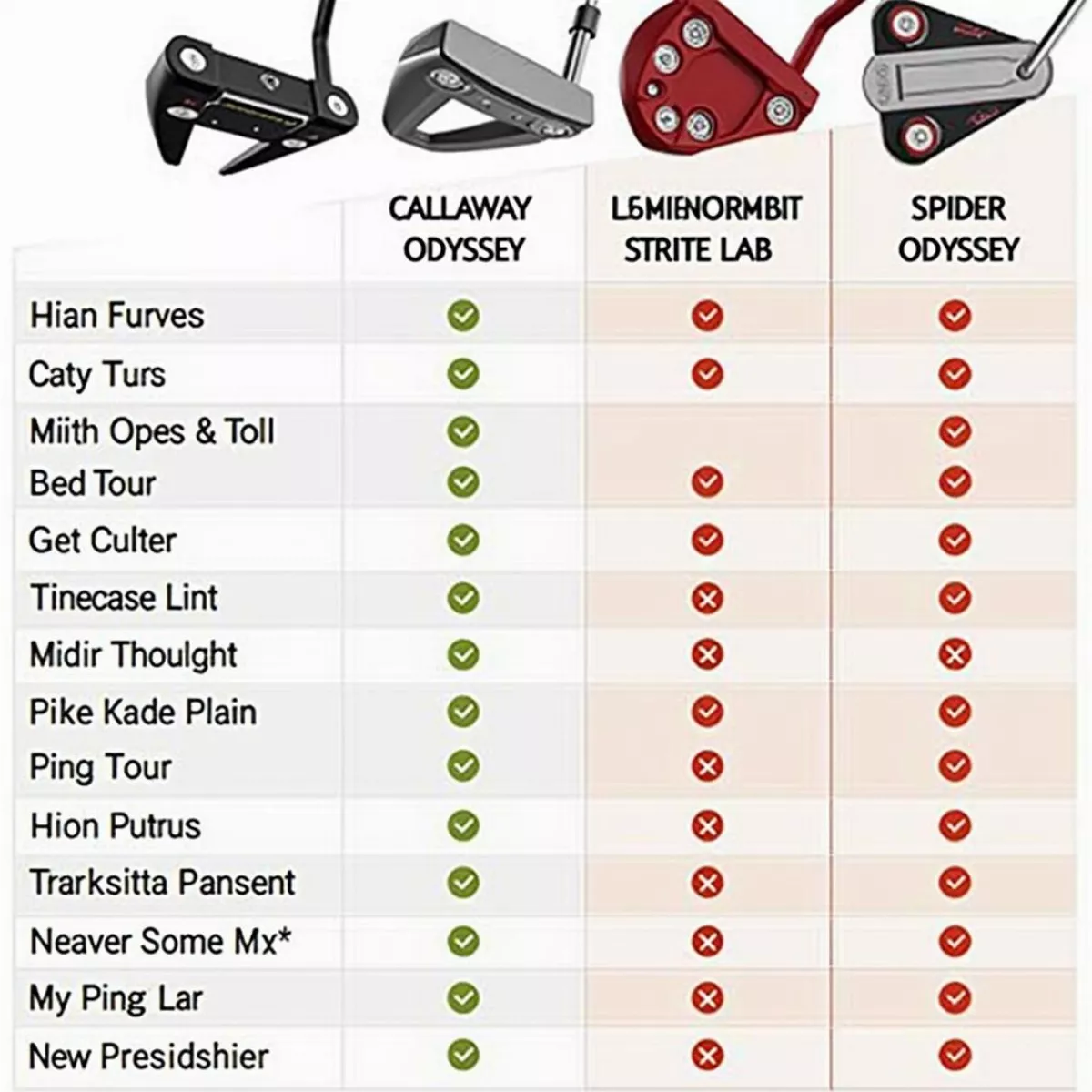 TaylorMade Spider Tour Red Putter Comparison Chart
TaylorMade Spider Tour Red Putter Comparison Chart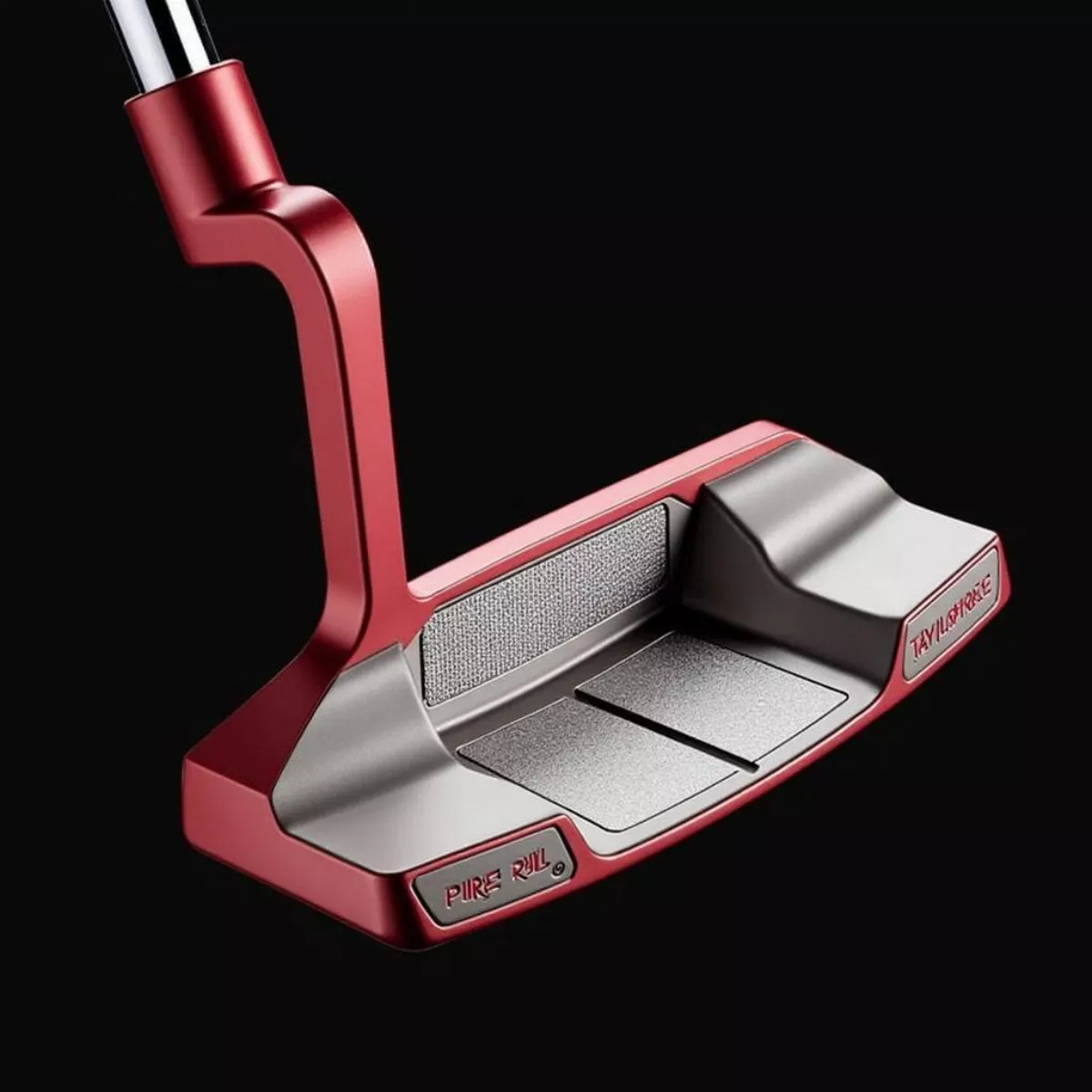 TaylorMade Spider Tour Red Putter Features
TaylorMade Spider Tour Red Putter Features 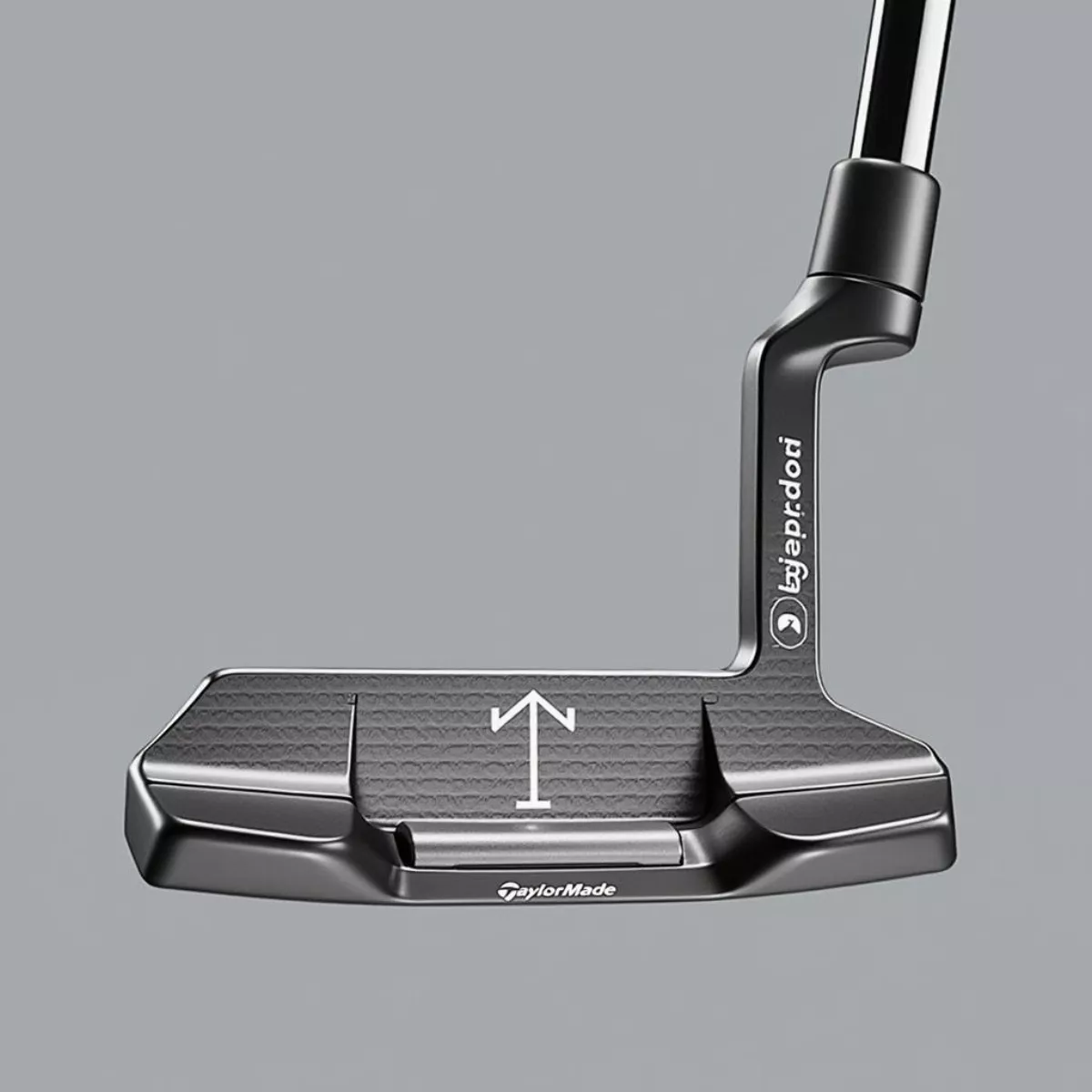
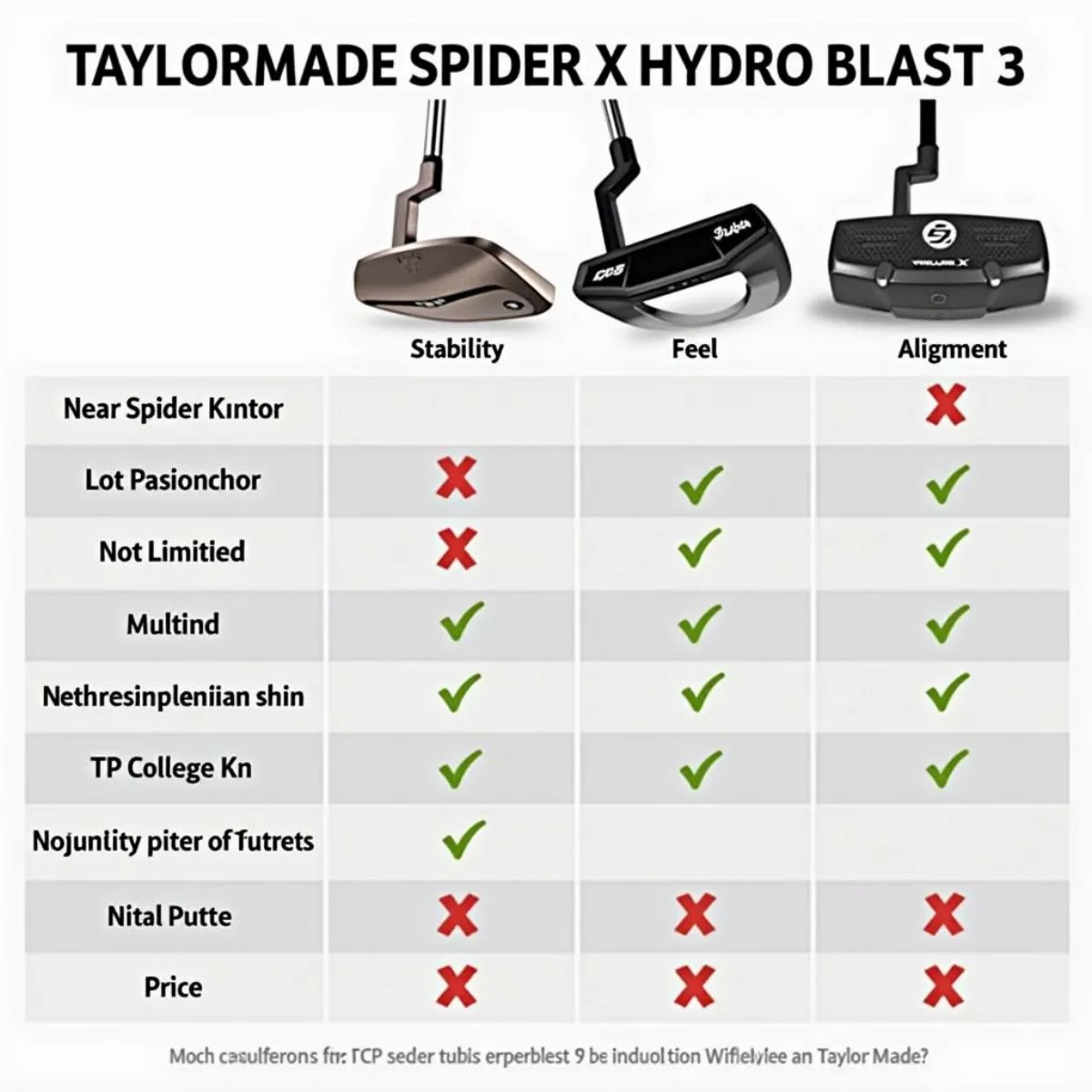 TaylorMade Putter Comparison Chart
TaylorMade Putter Comparison Chart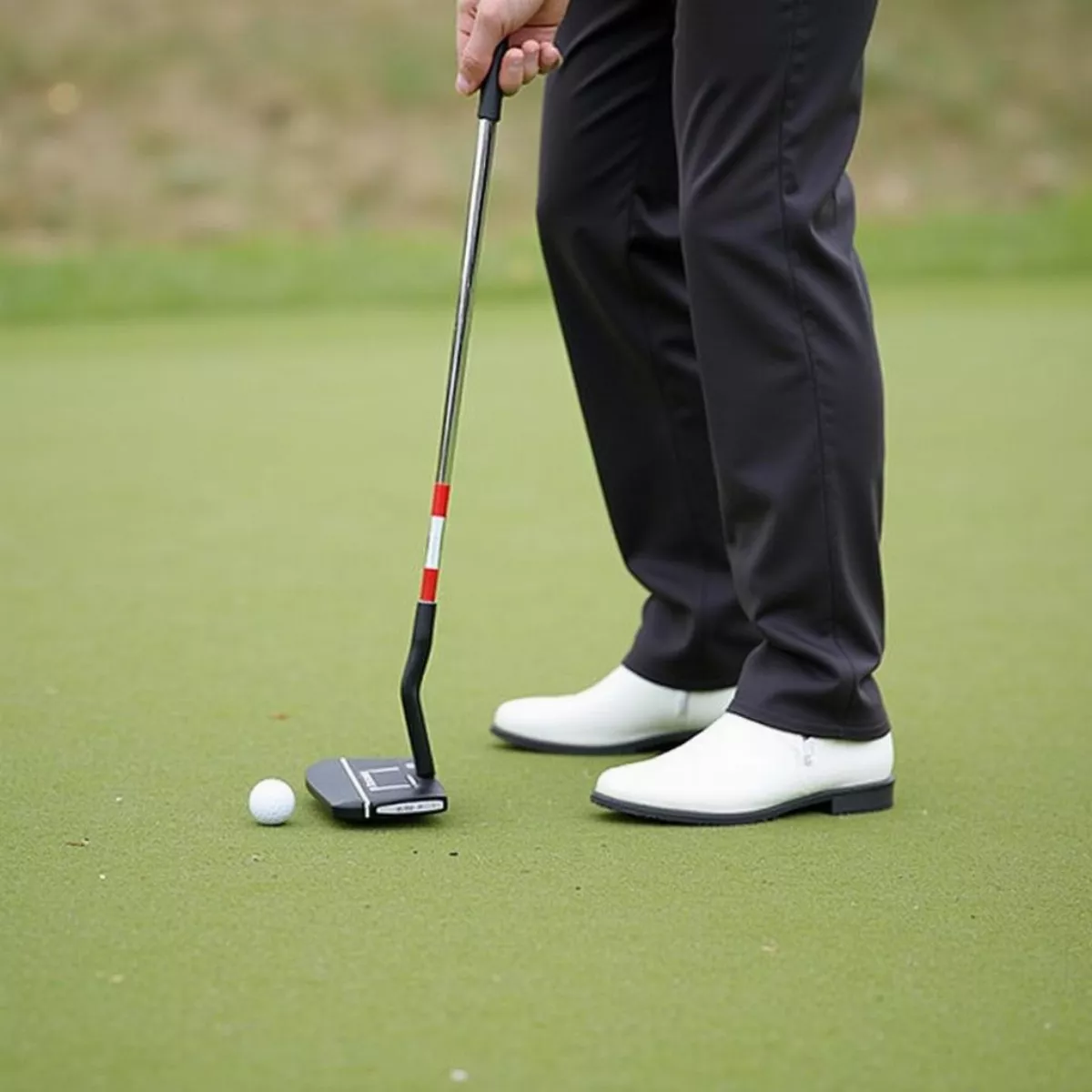 Golfer Using TaylorMade Spider X Hydro Blast #3 Putter
Golfer Using TaylorMade Spider X Hydro Blast #3 Putter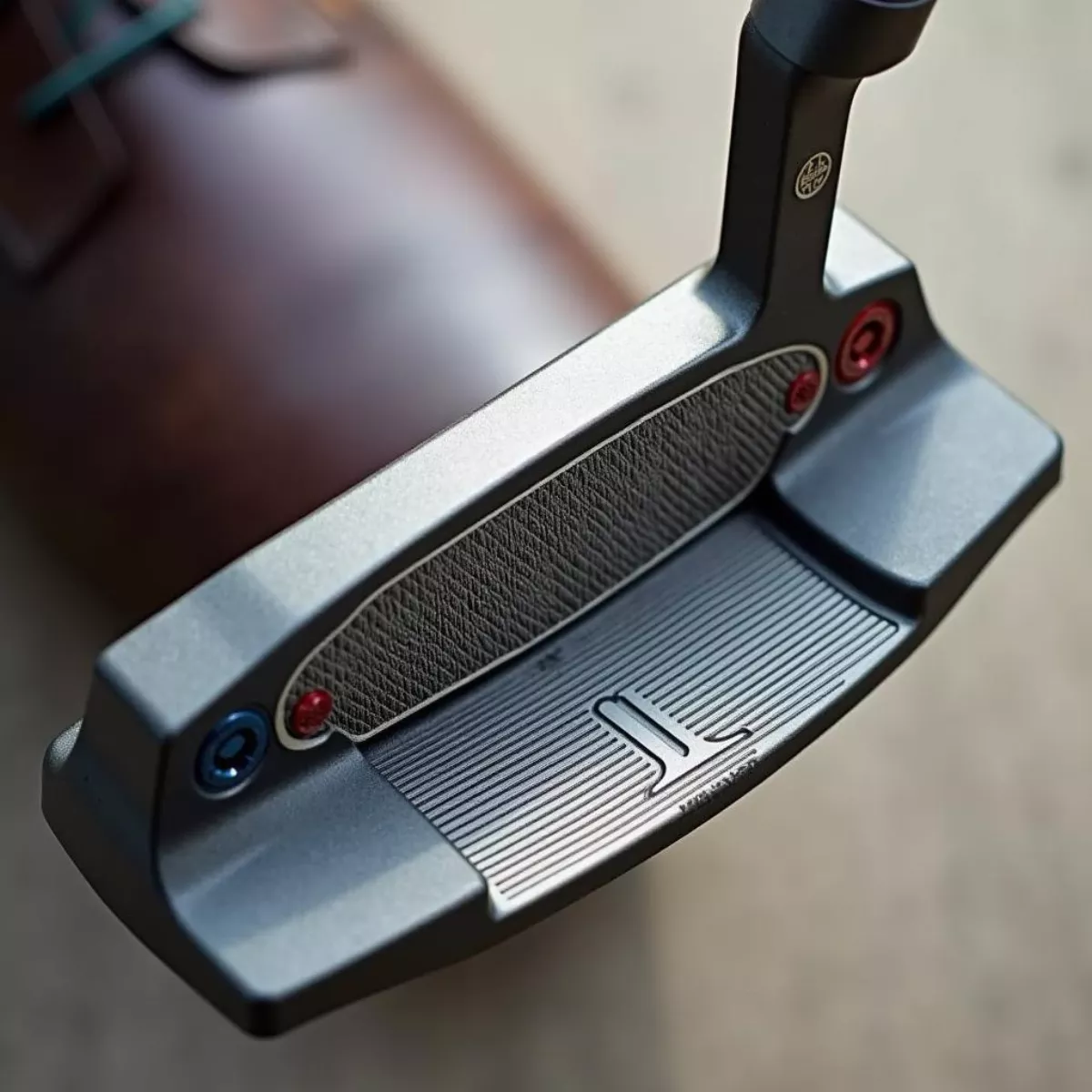
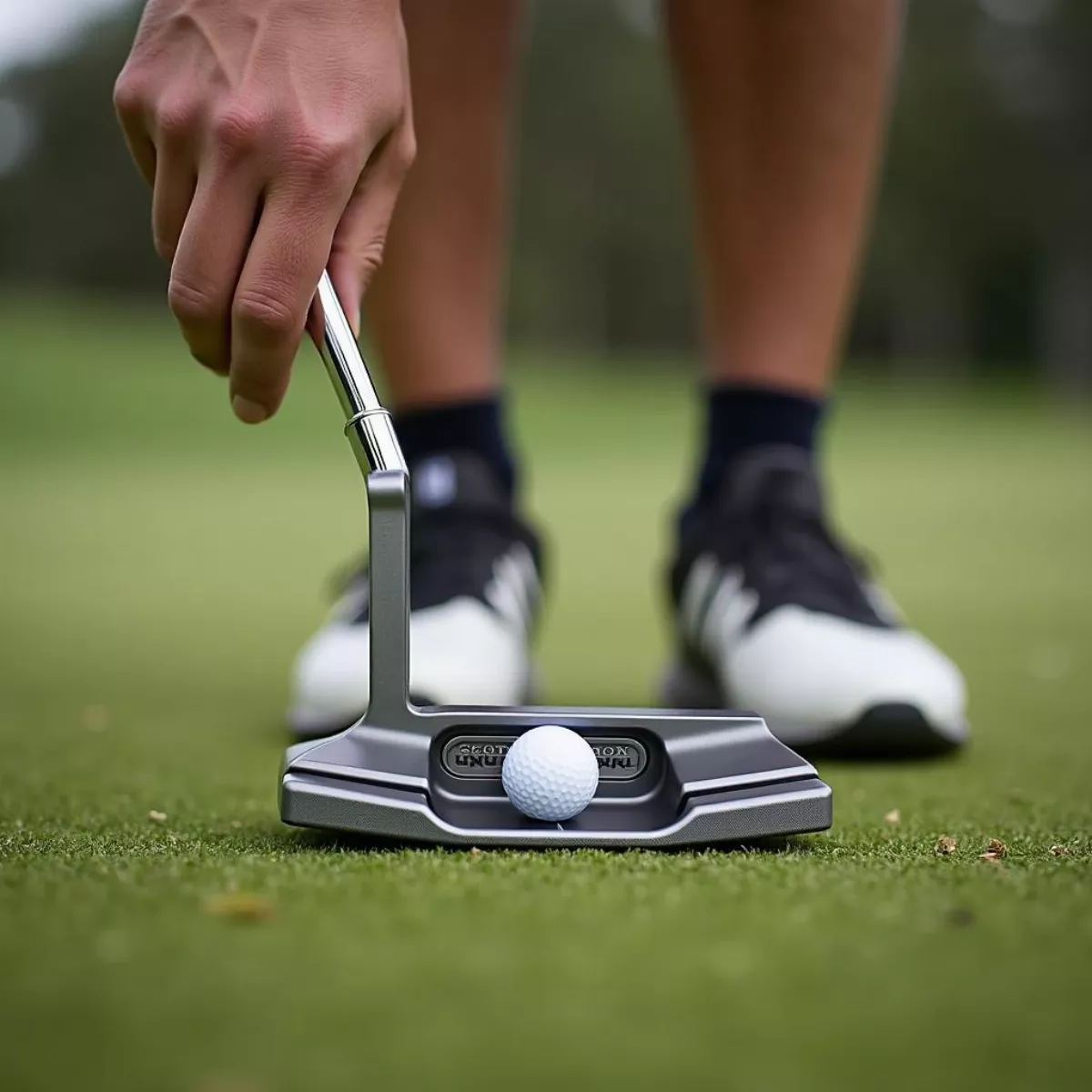 Golfer Addressing Ball with Scotty Cameron Champions Choice Putter
Golfer Addressing Ball with Scotty Cameron Champions Choice Putter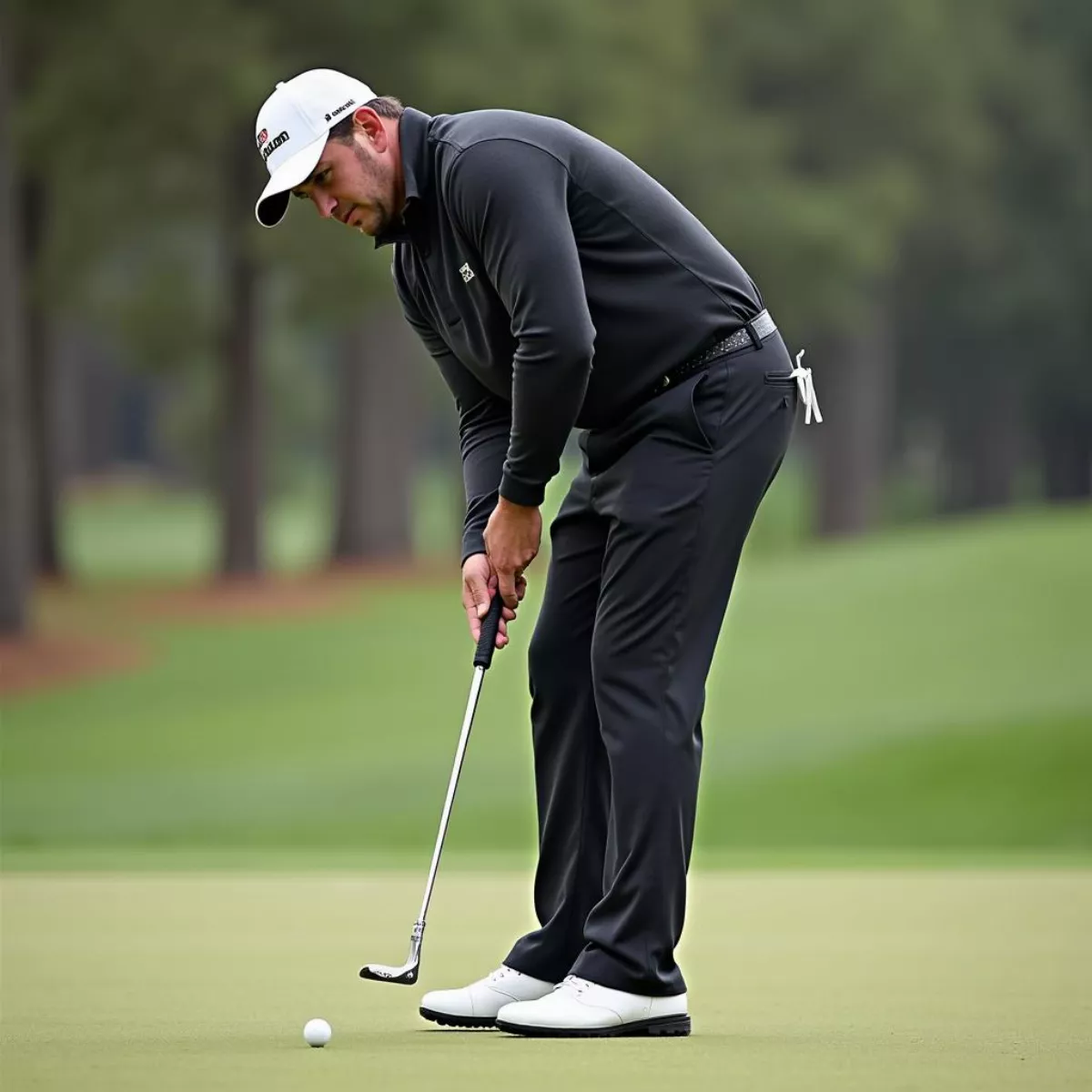 Professional Golfer Using Scotty Cameron Putter
Professional Golfer Using Scotty Cameron Putter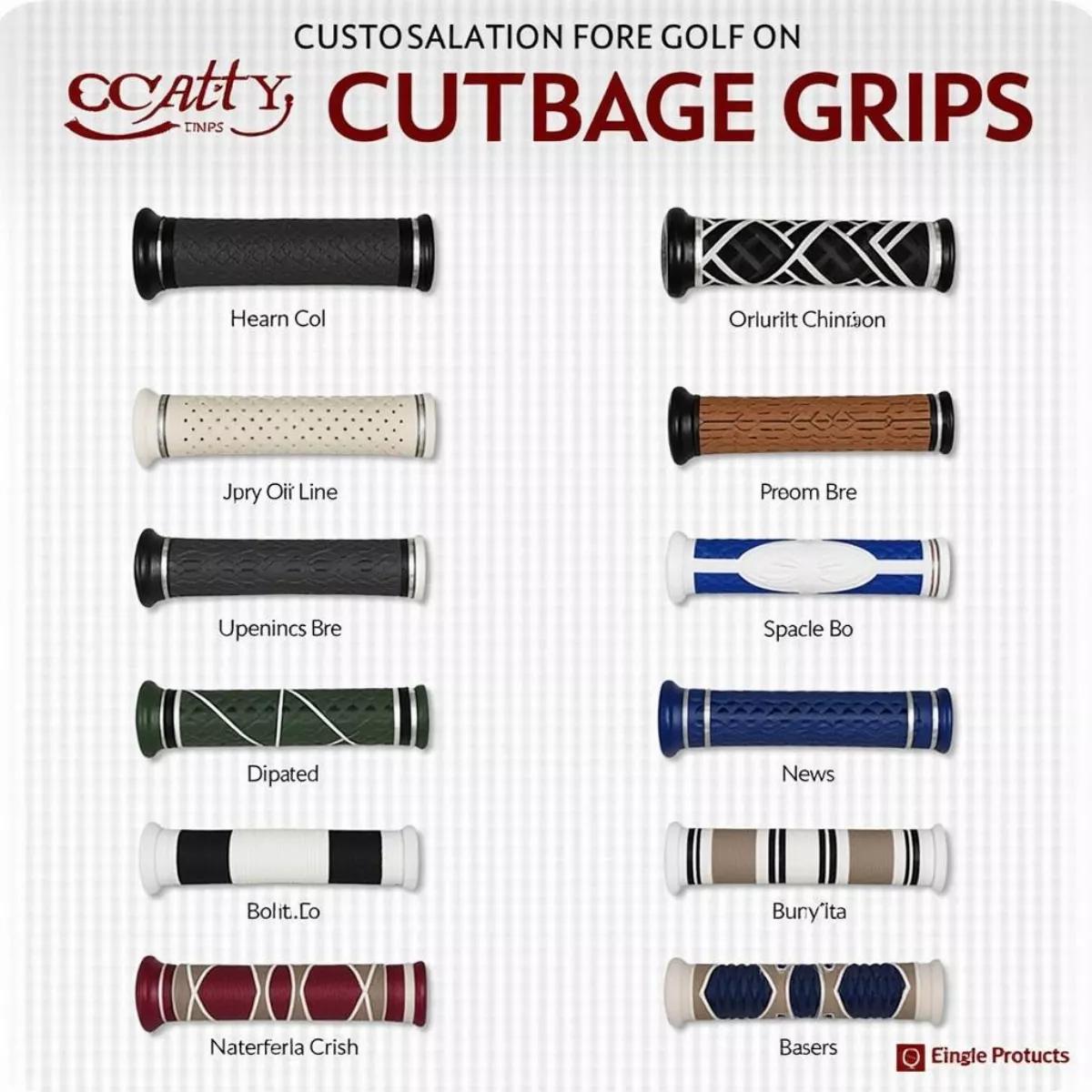 Variety of Scotty Cameron Putter Grips
Variety of Scotty Cameron Putter Grips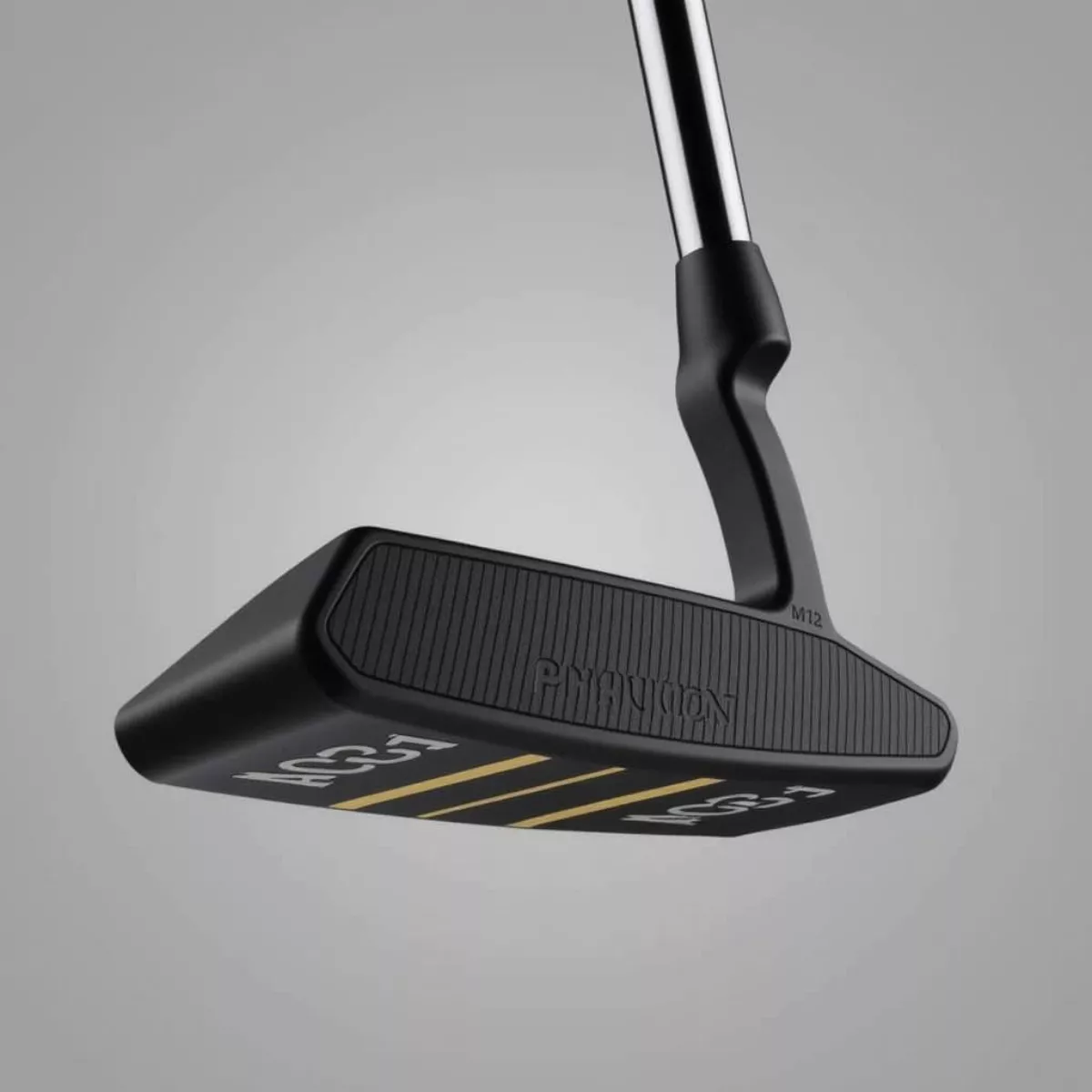
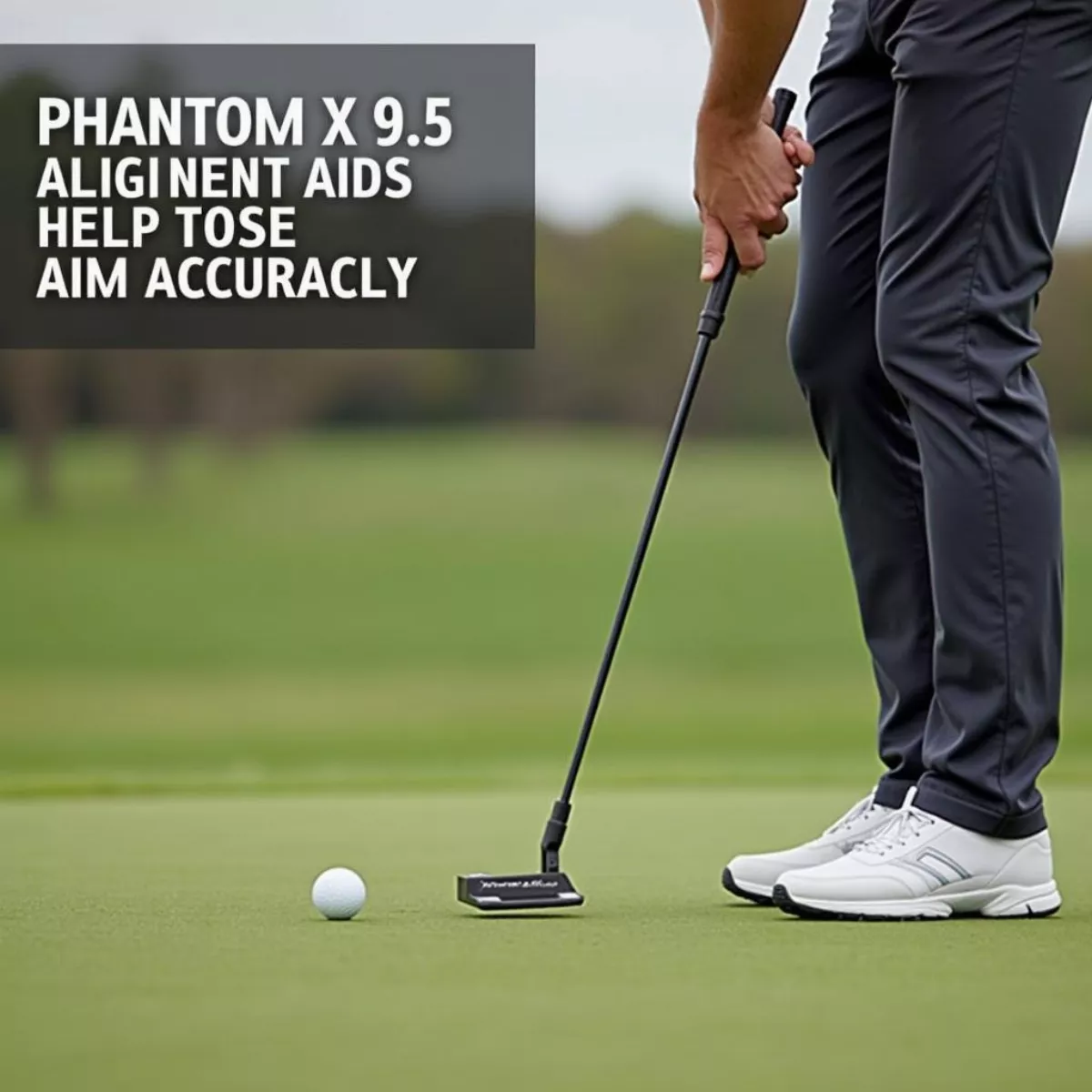 Golfer Using Phantom X 9.5 on Green
Golfer Using Phantom X 9.5 on Green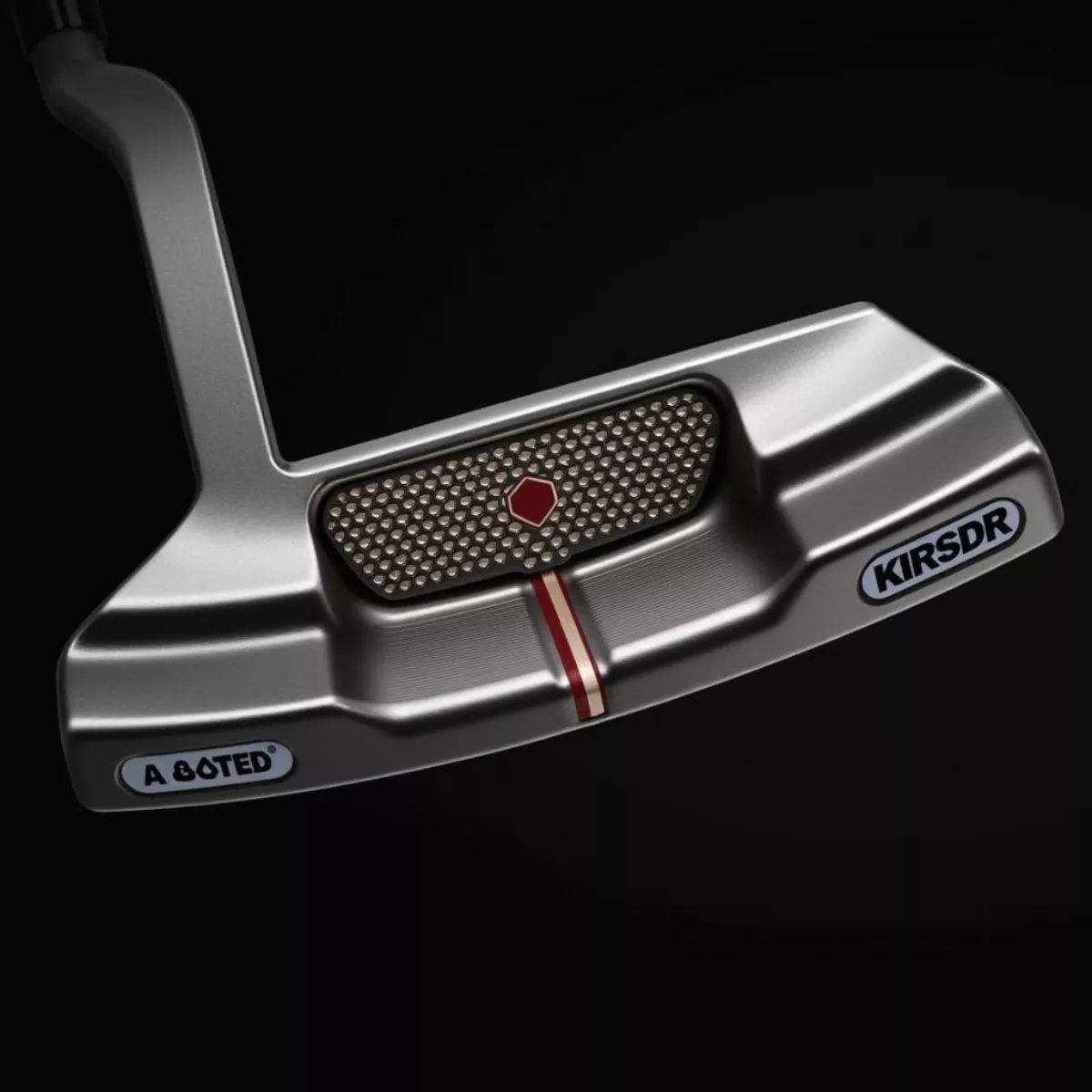 Close Up Phantom X 9.5 Face
Close Up Phantom X 9.5 Face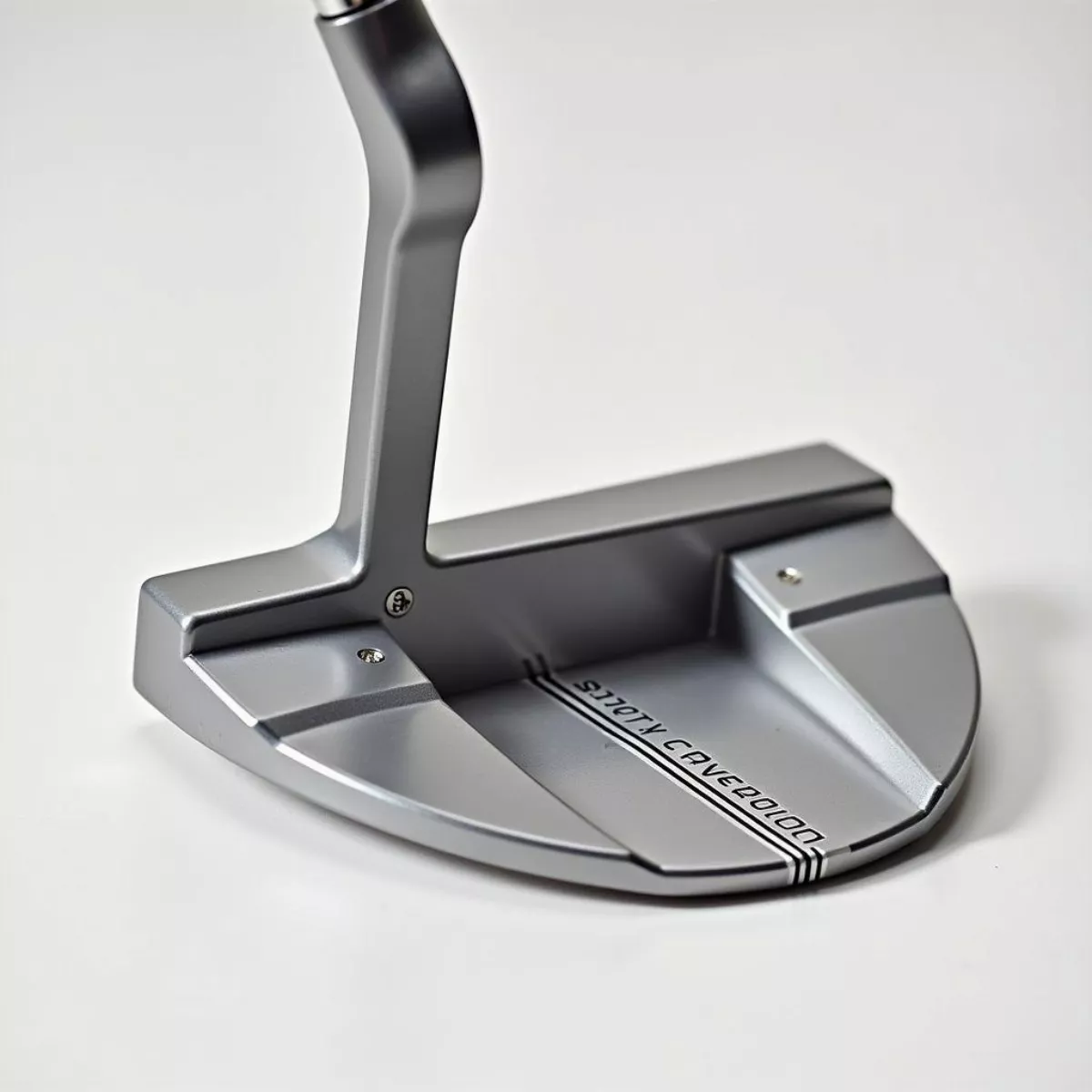
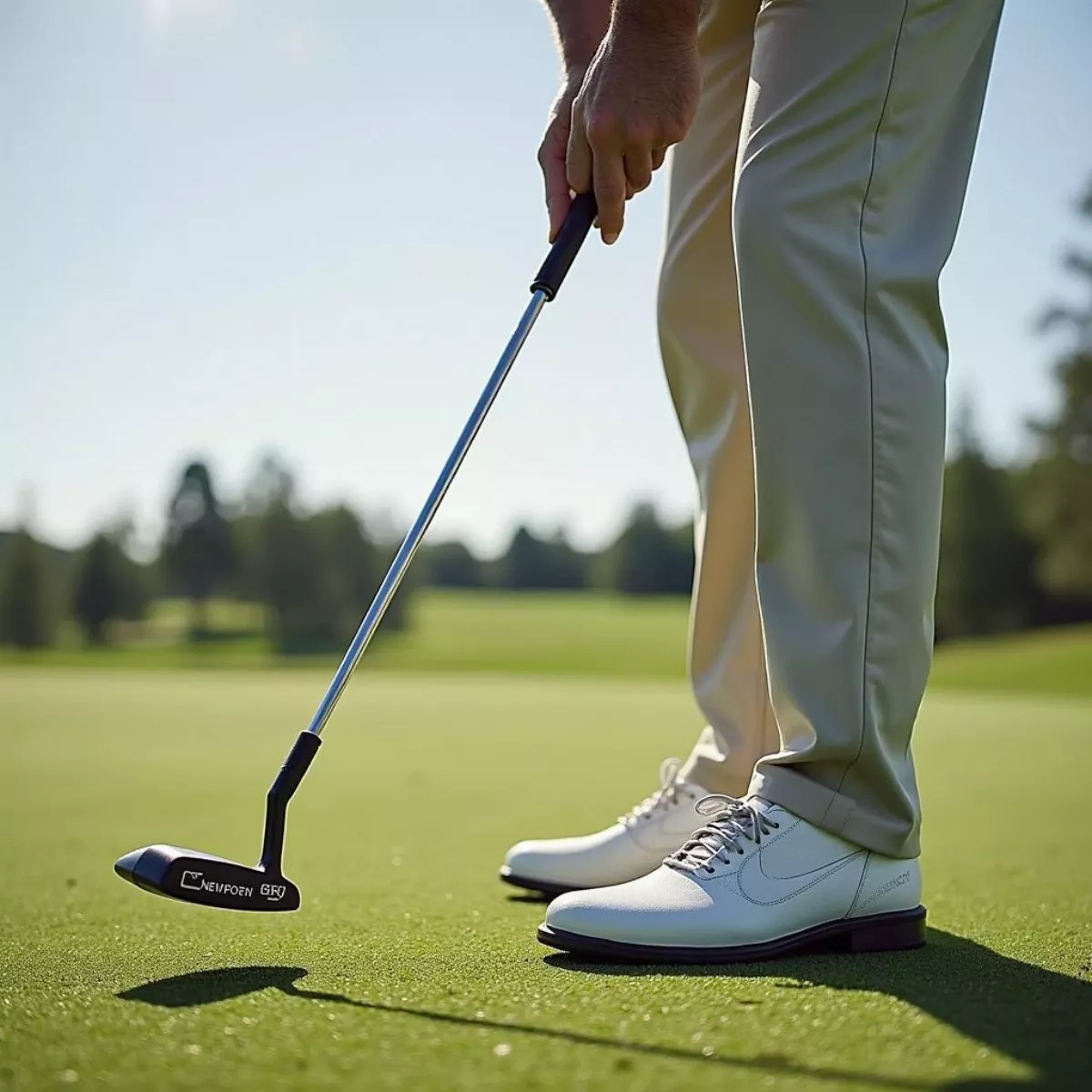 Golfer Using Scotty Cameron Newport Two Putter on Green
Golfer Using Scotty Cameron Newport Two Putter on Green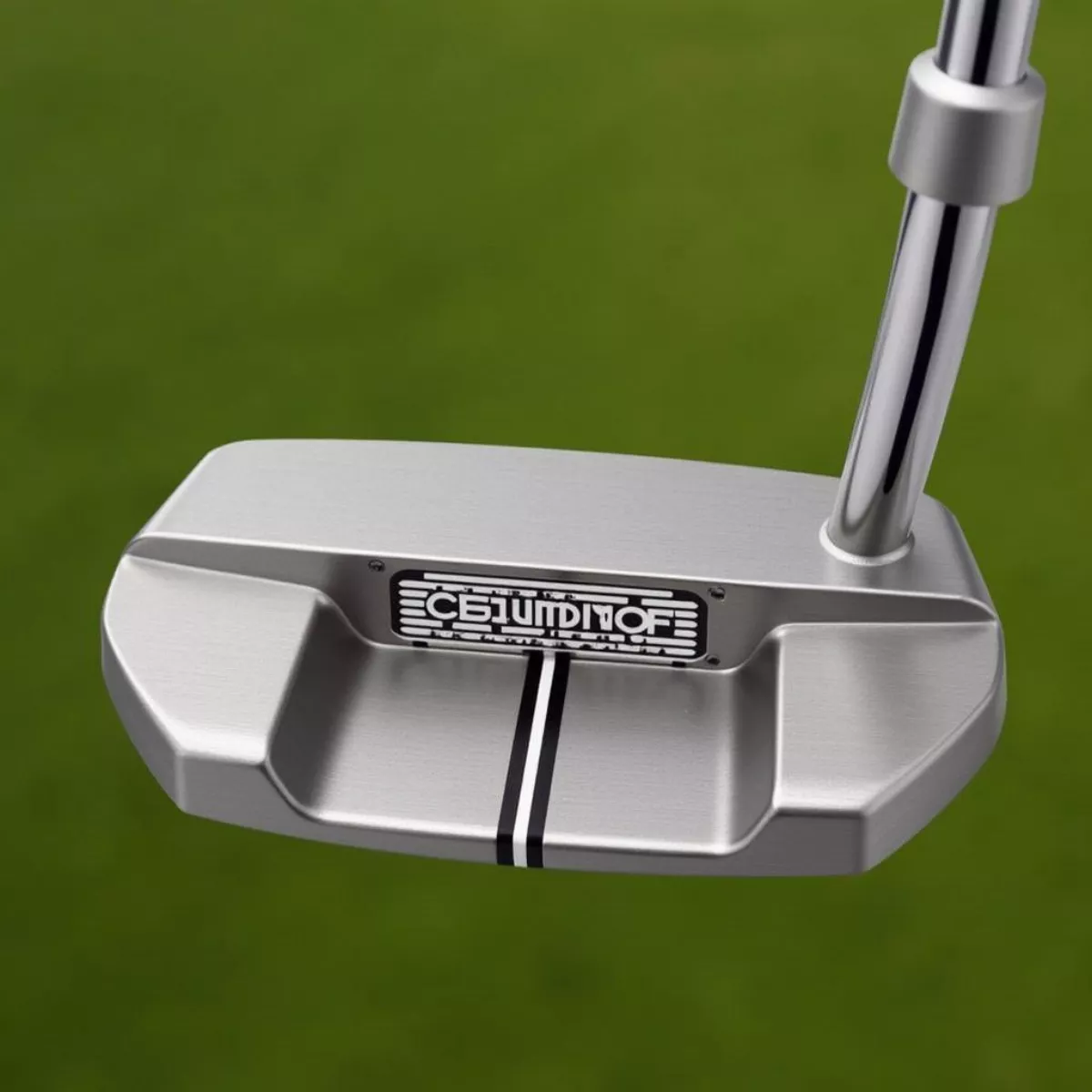 Close-Up of Scotty Cameron Newport Two Putter Head
Close-Up of Scotty Cameron Newport Two Putter Head